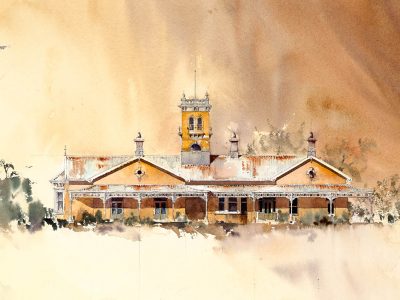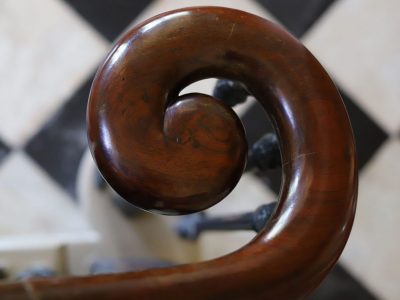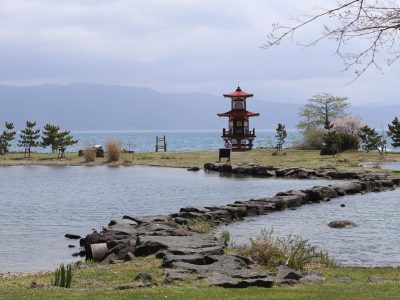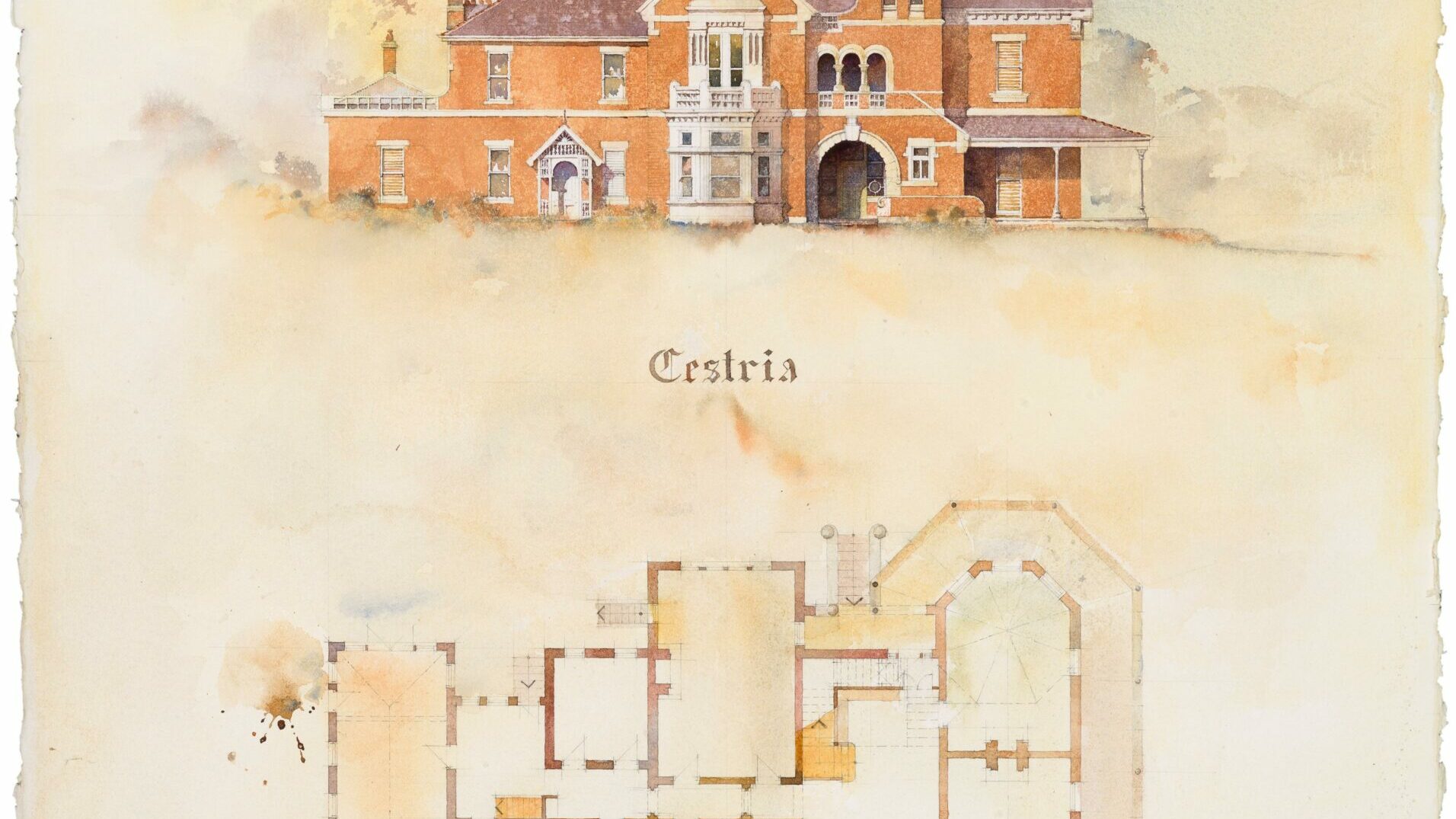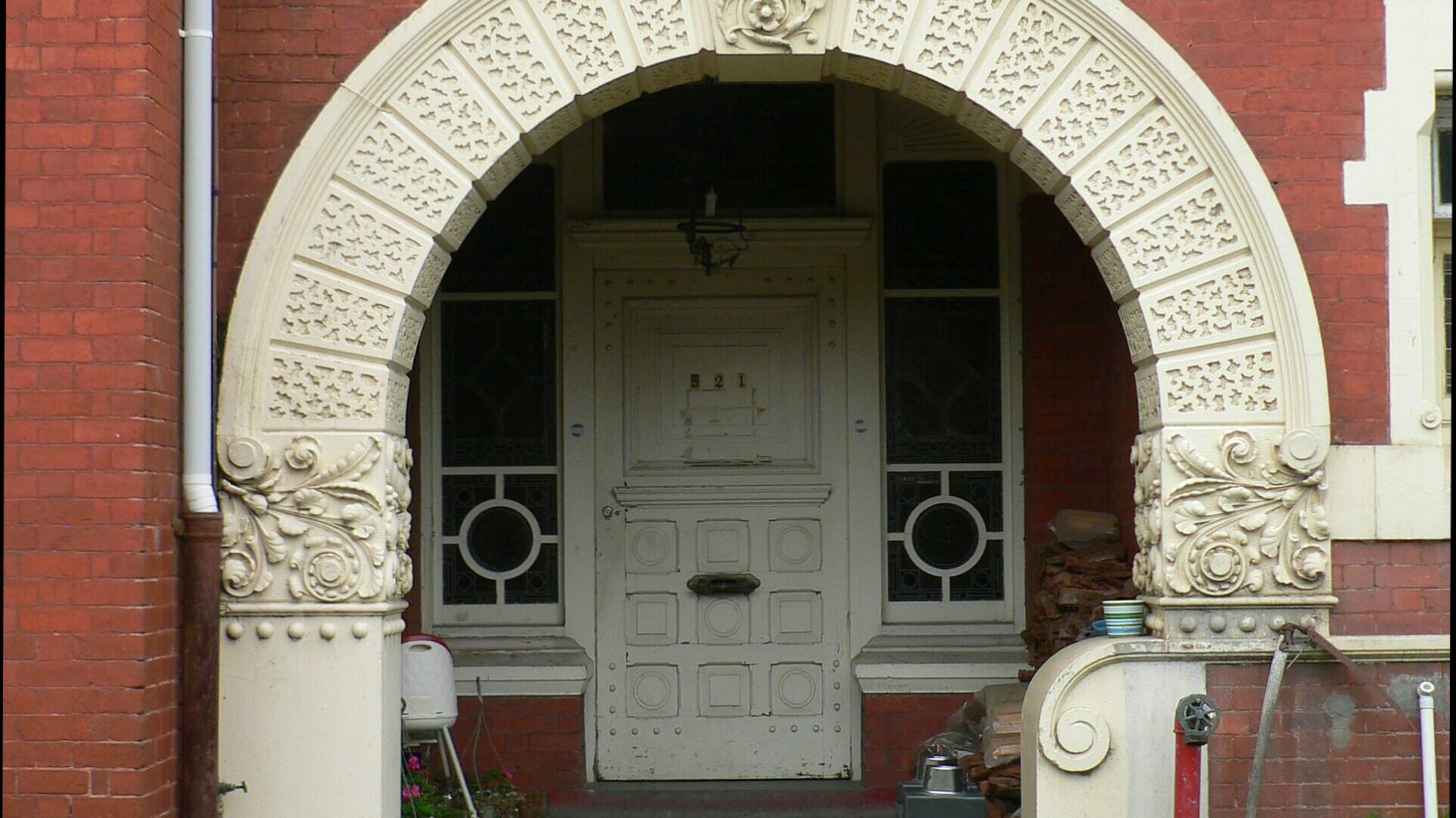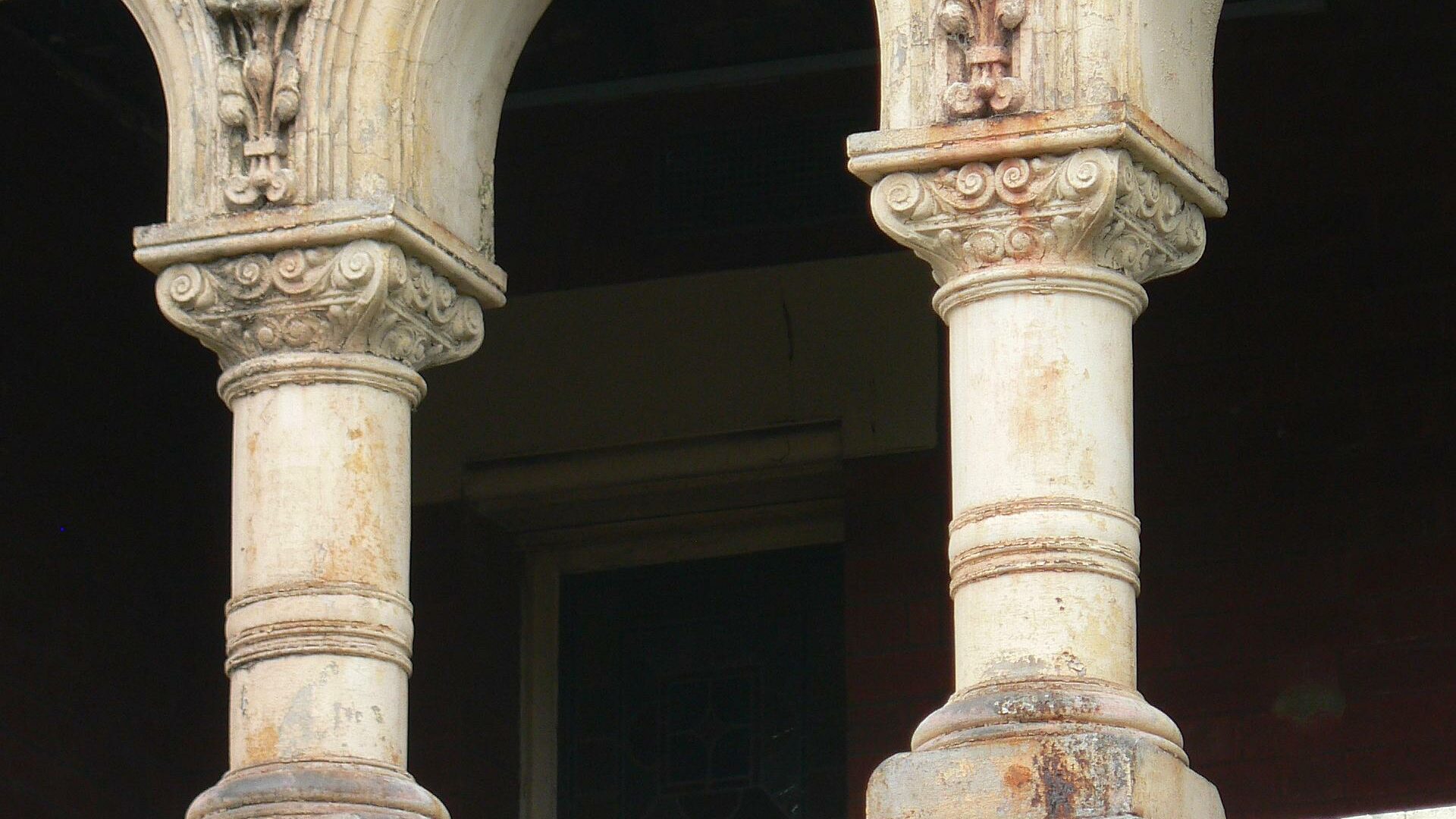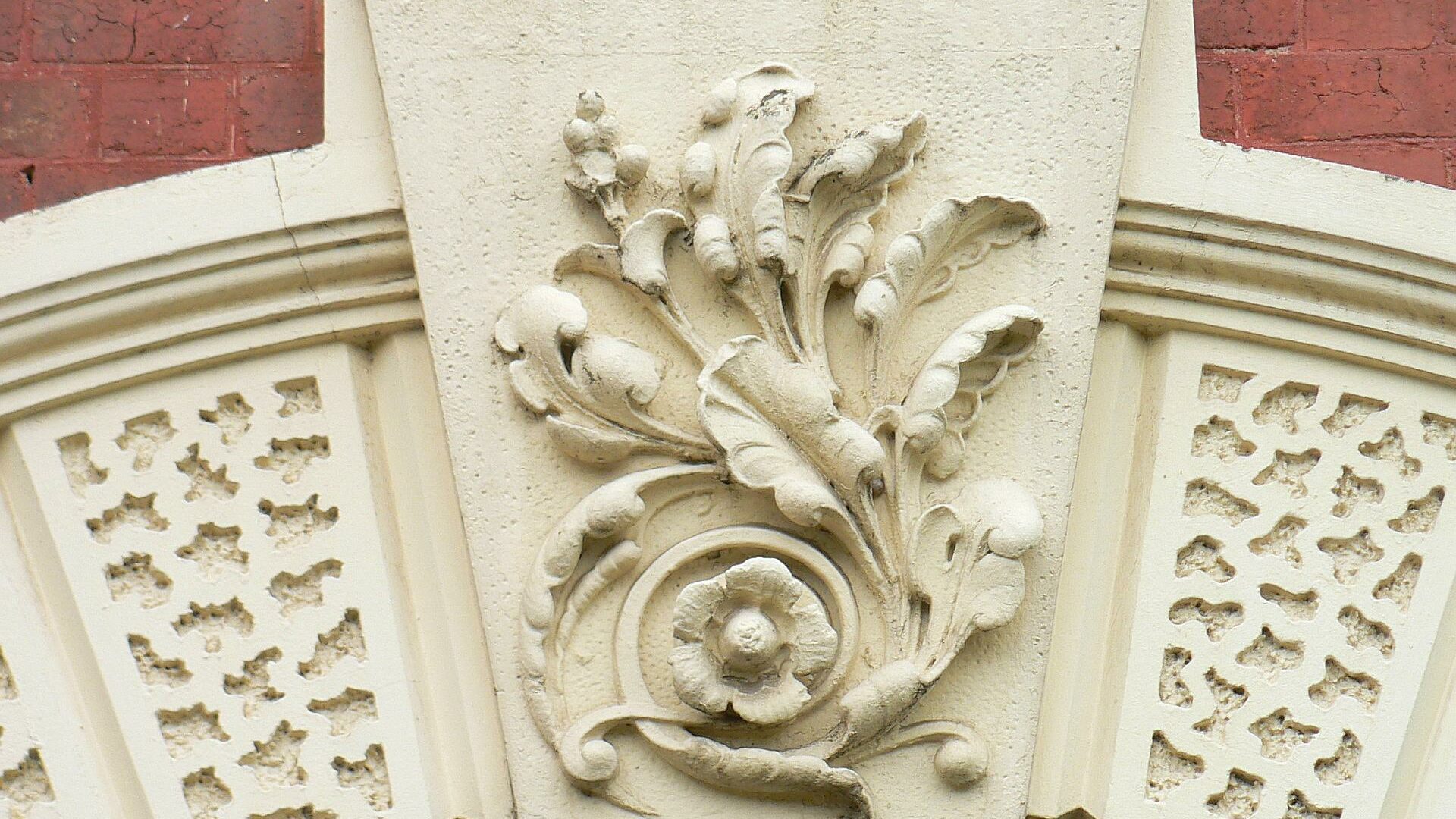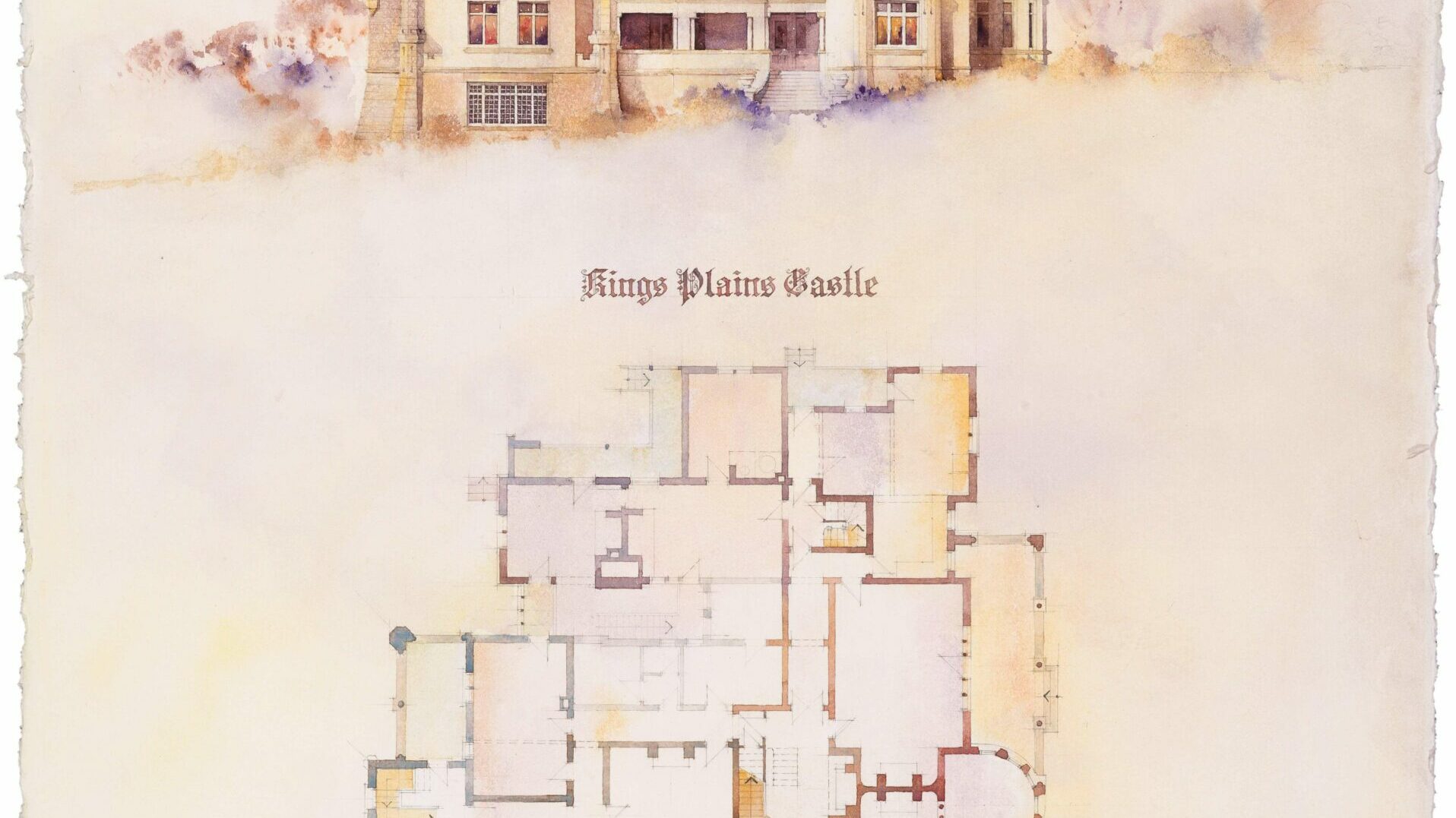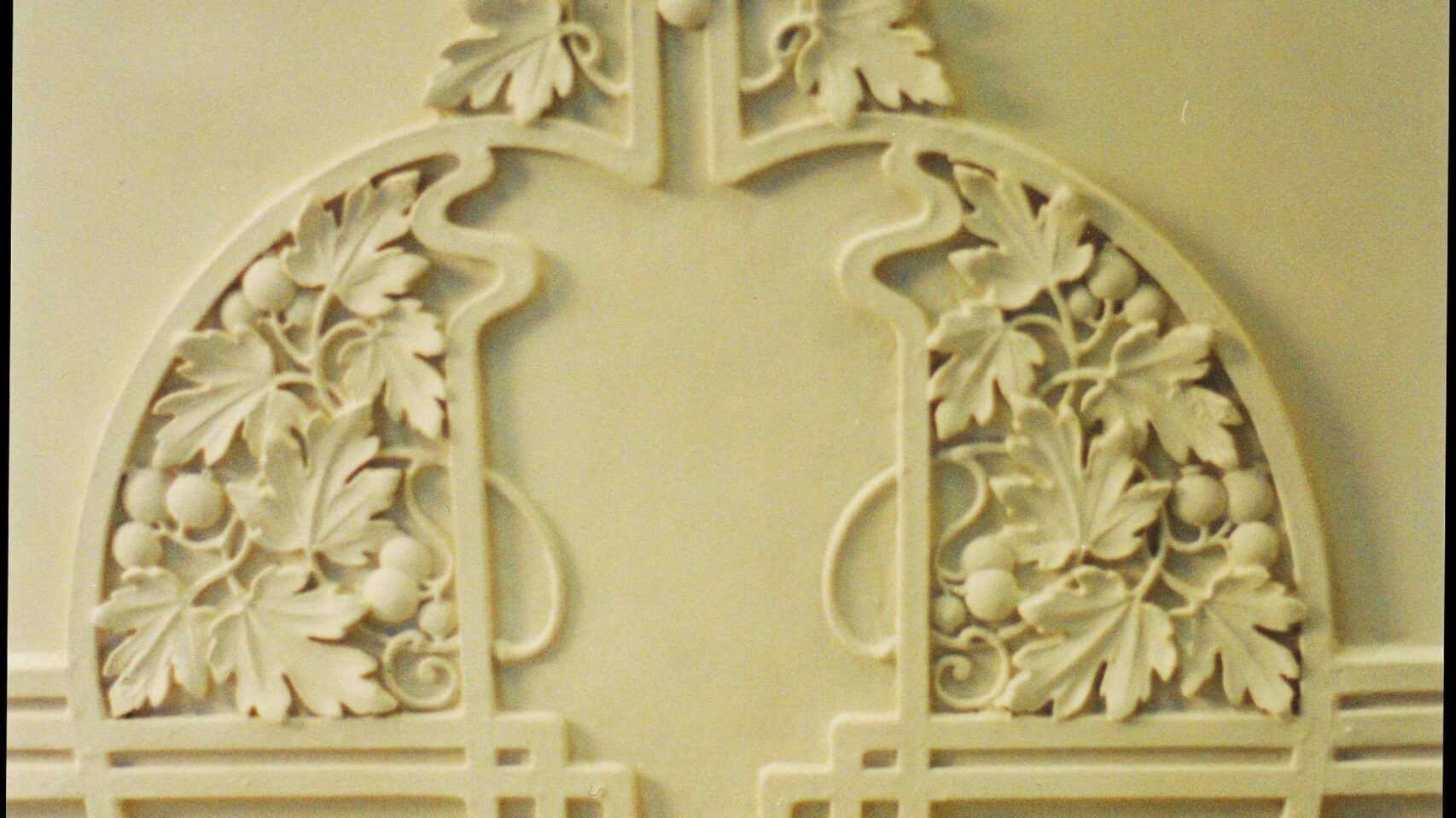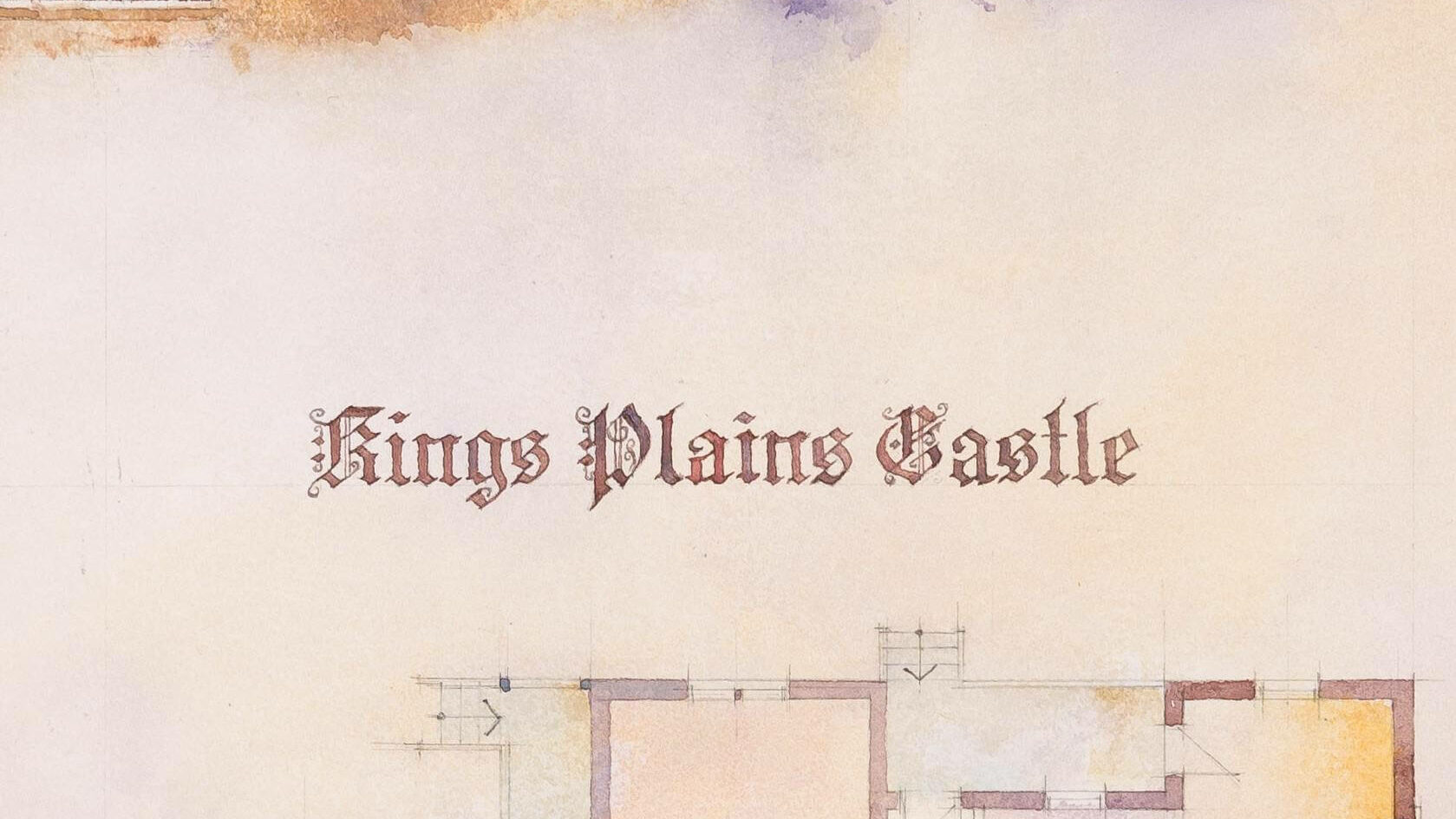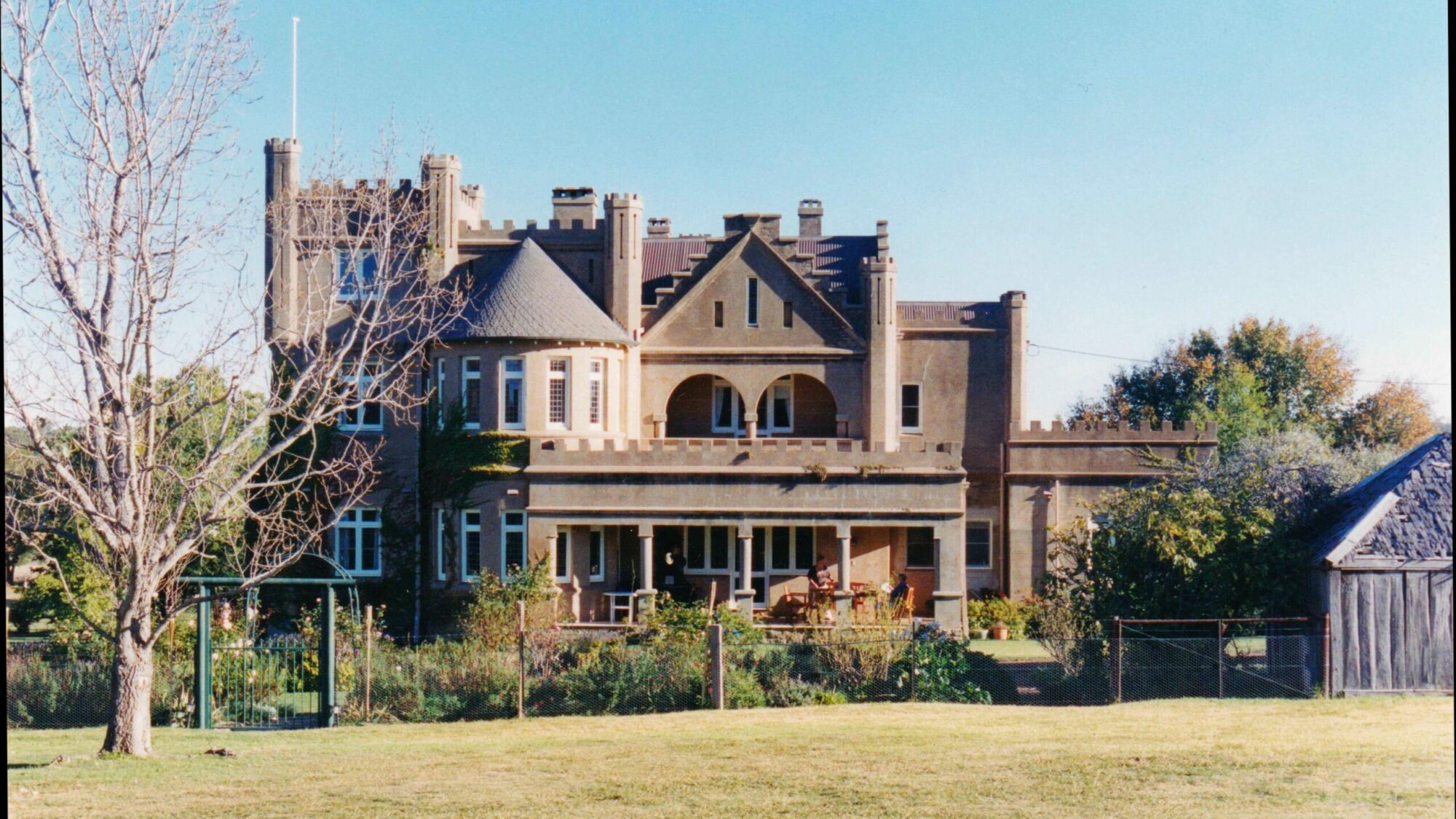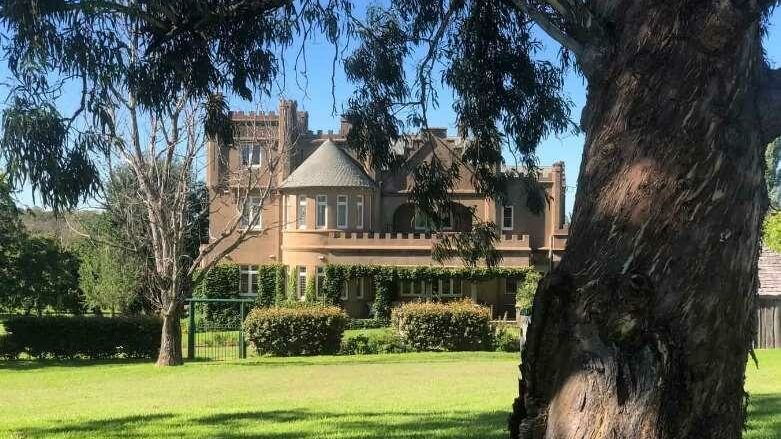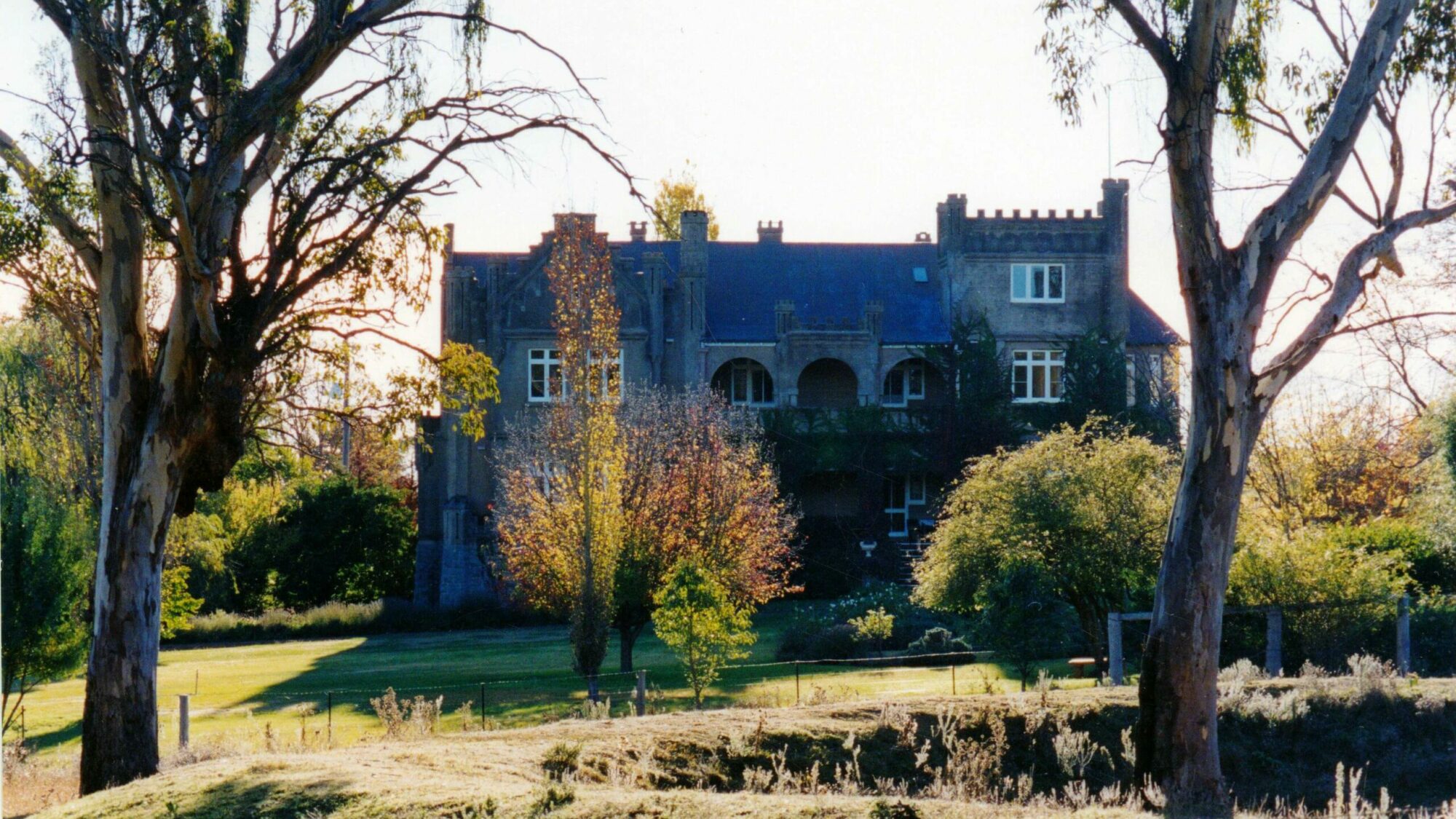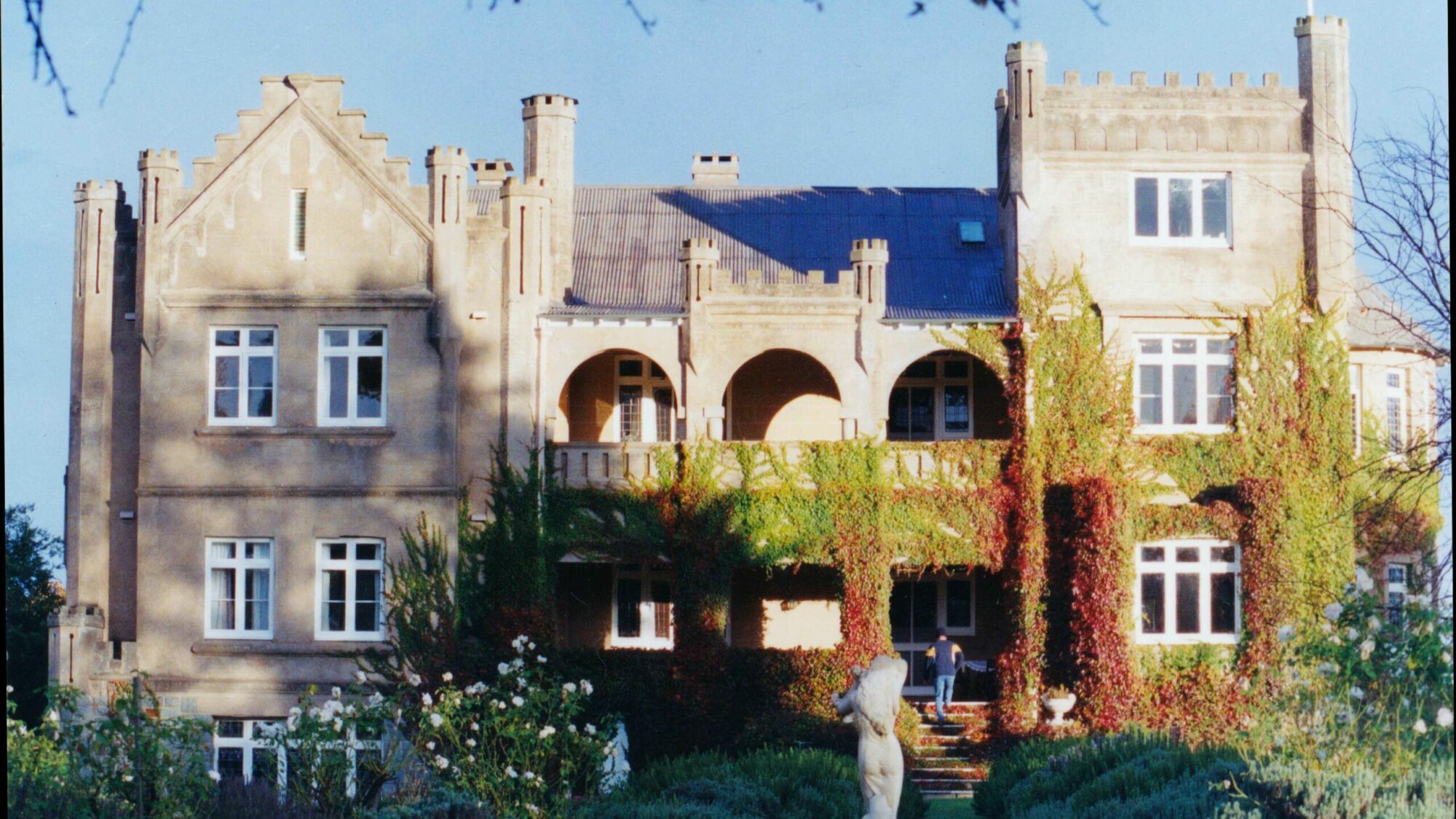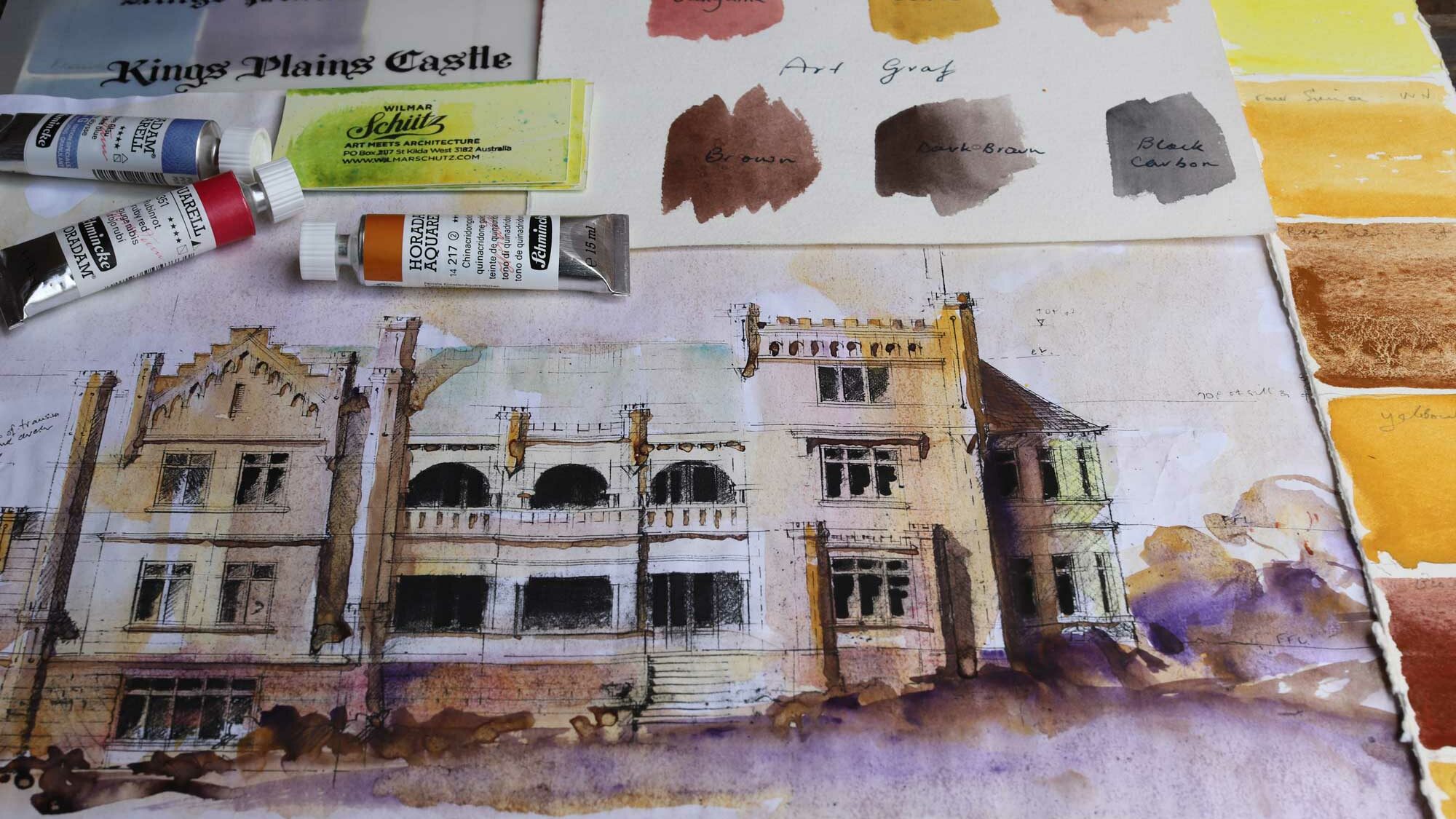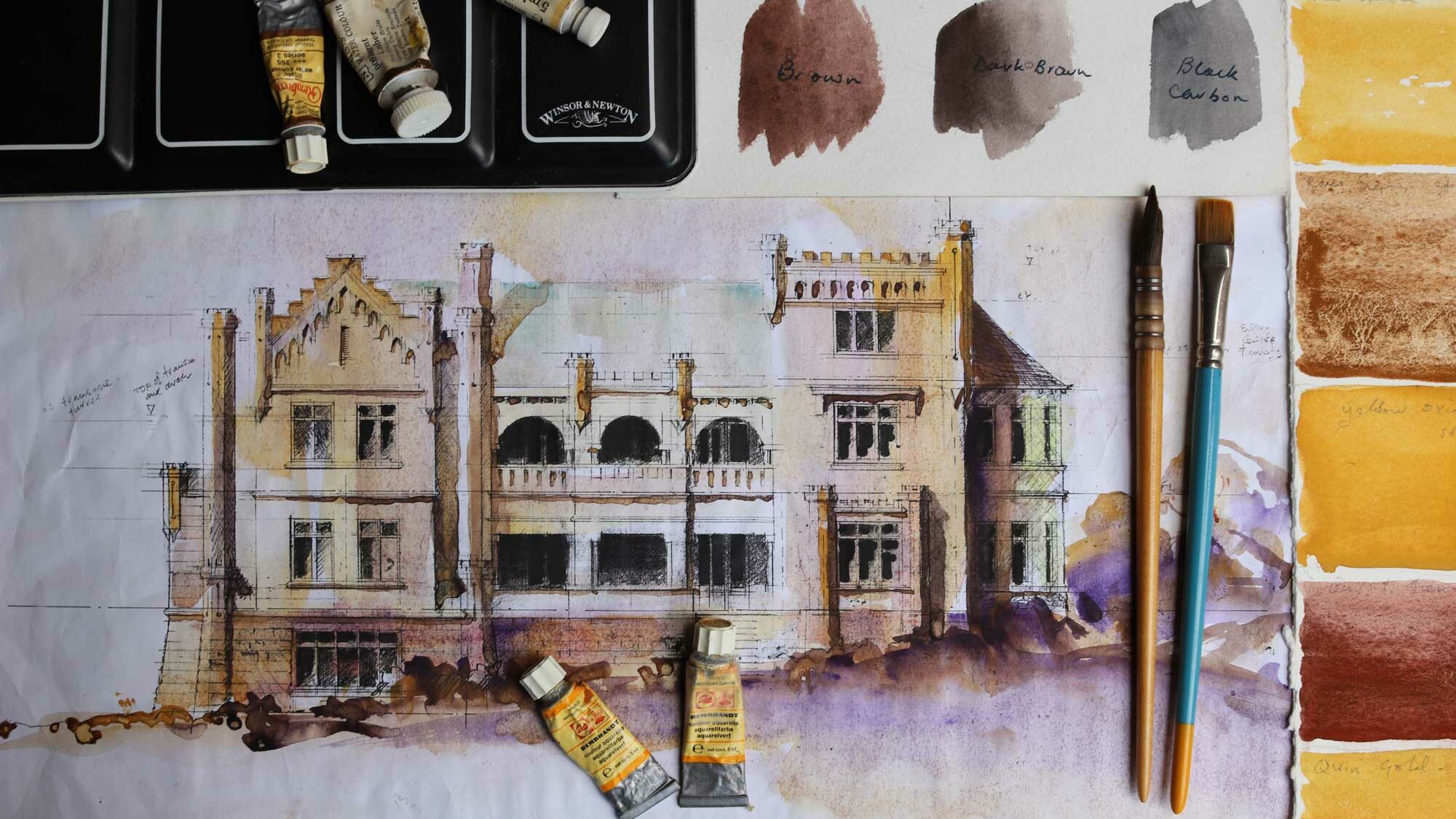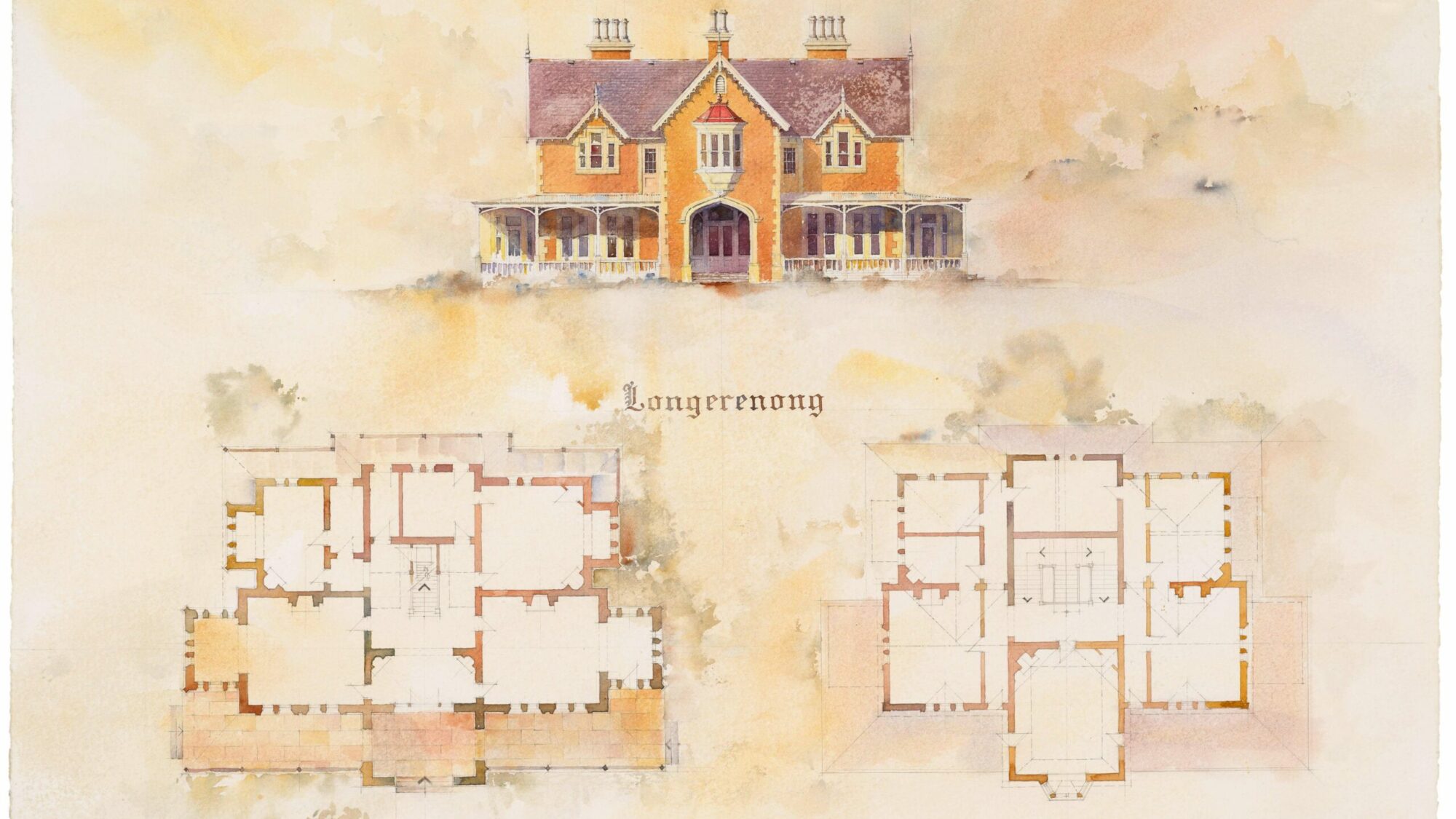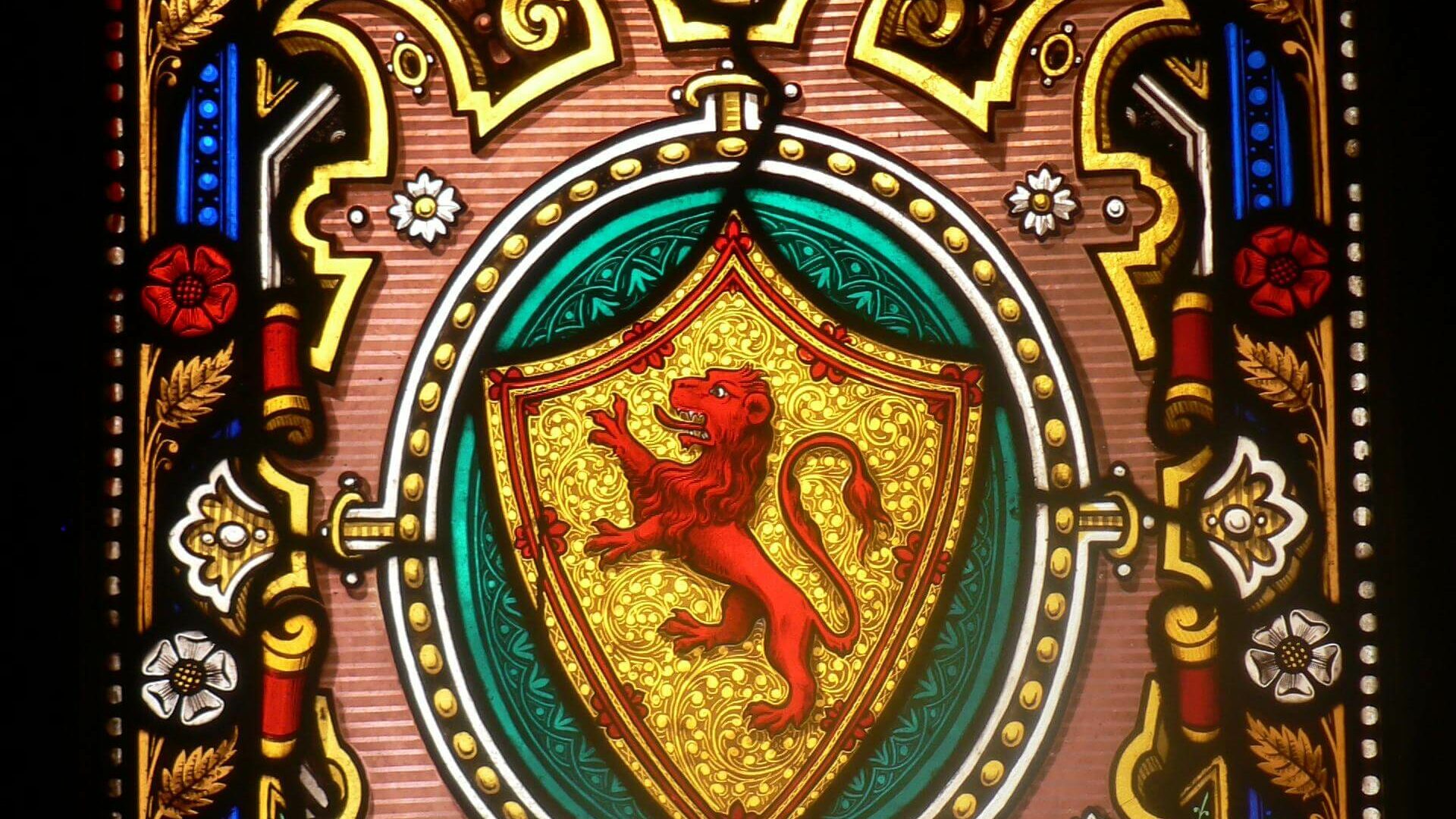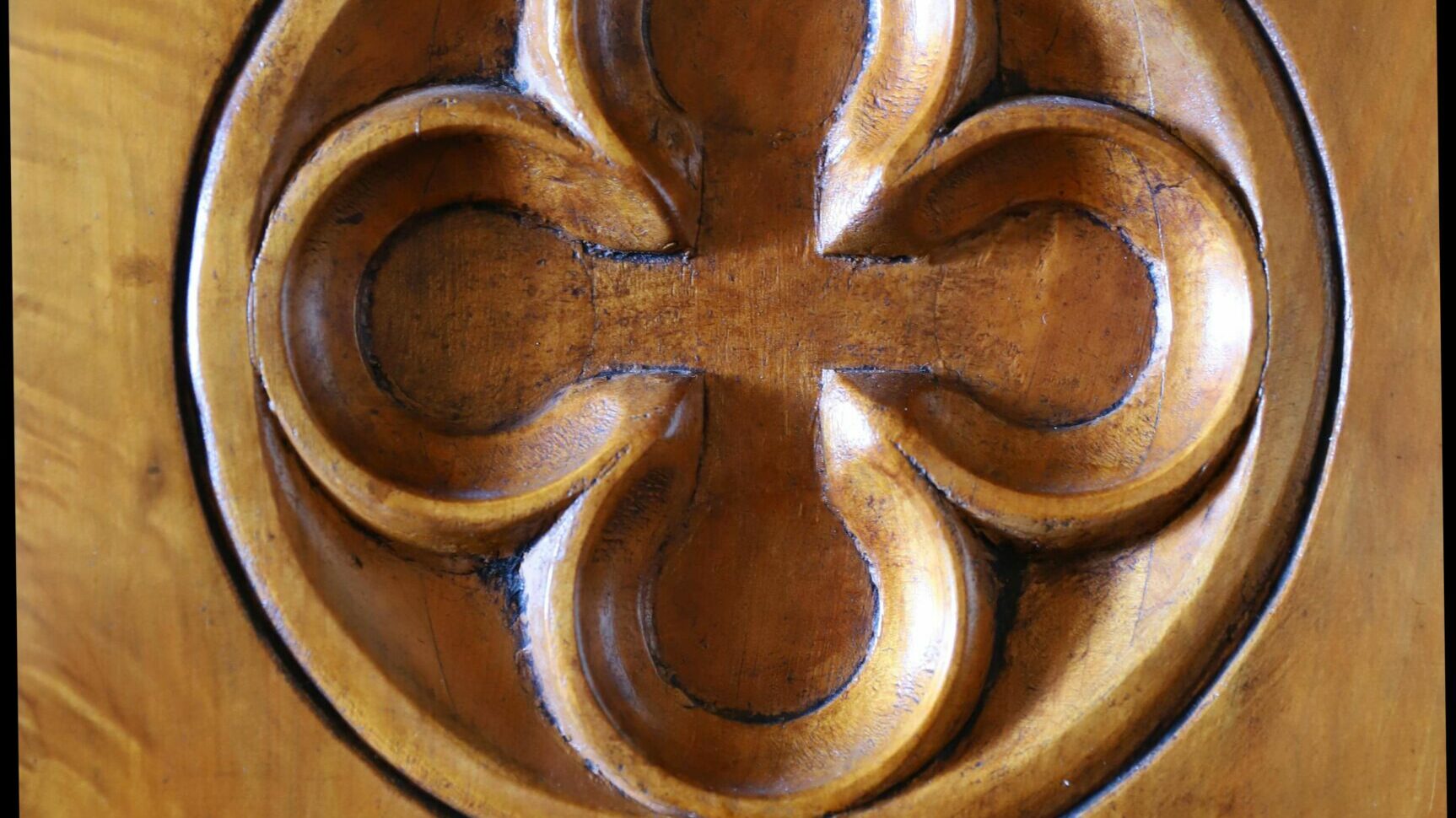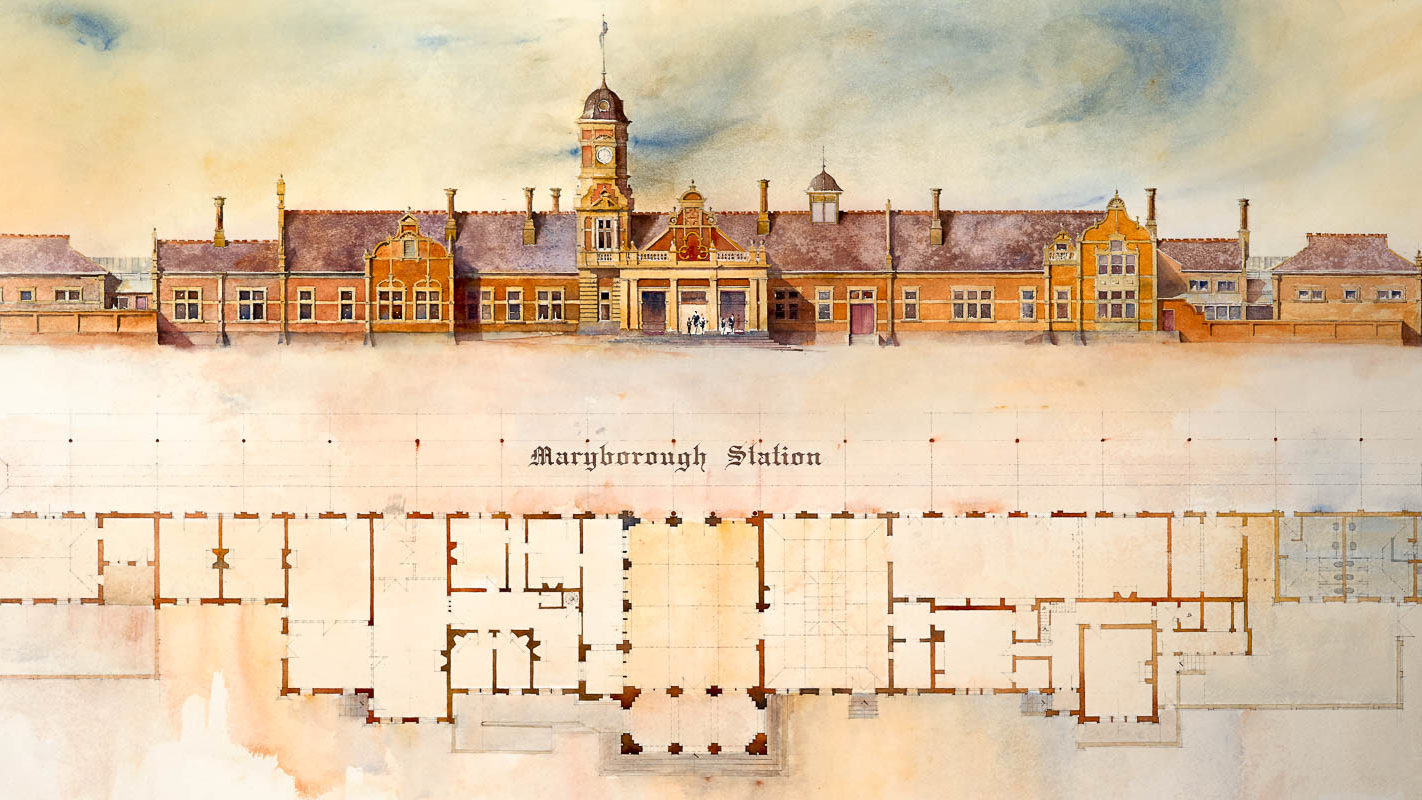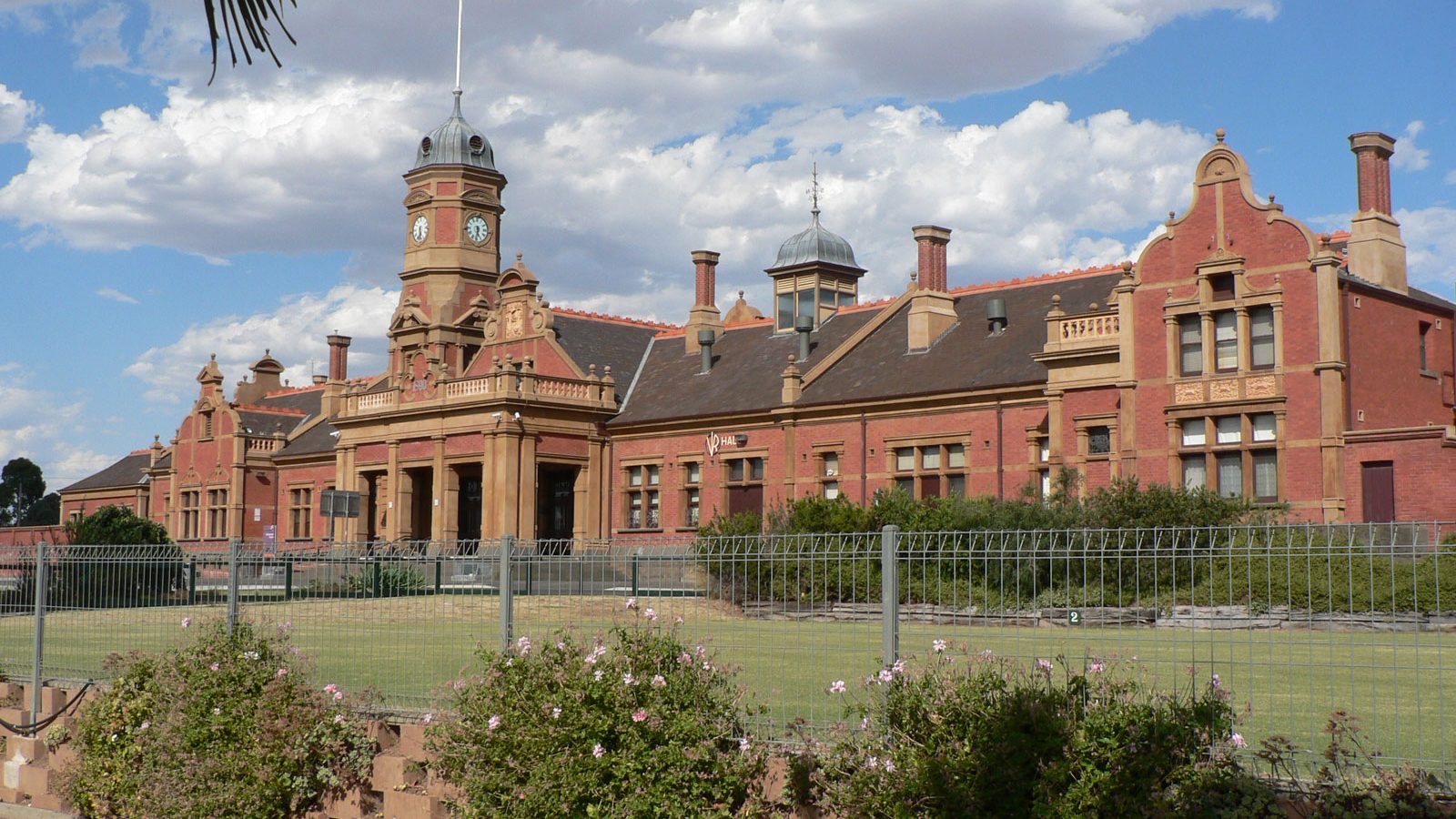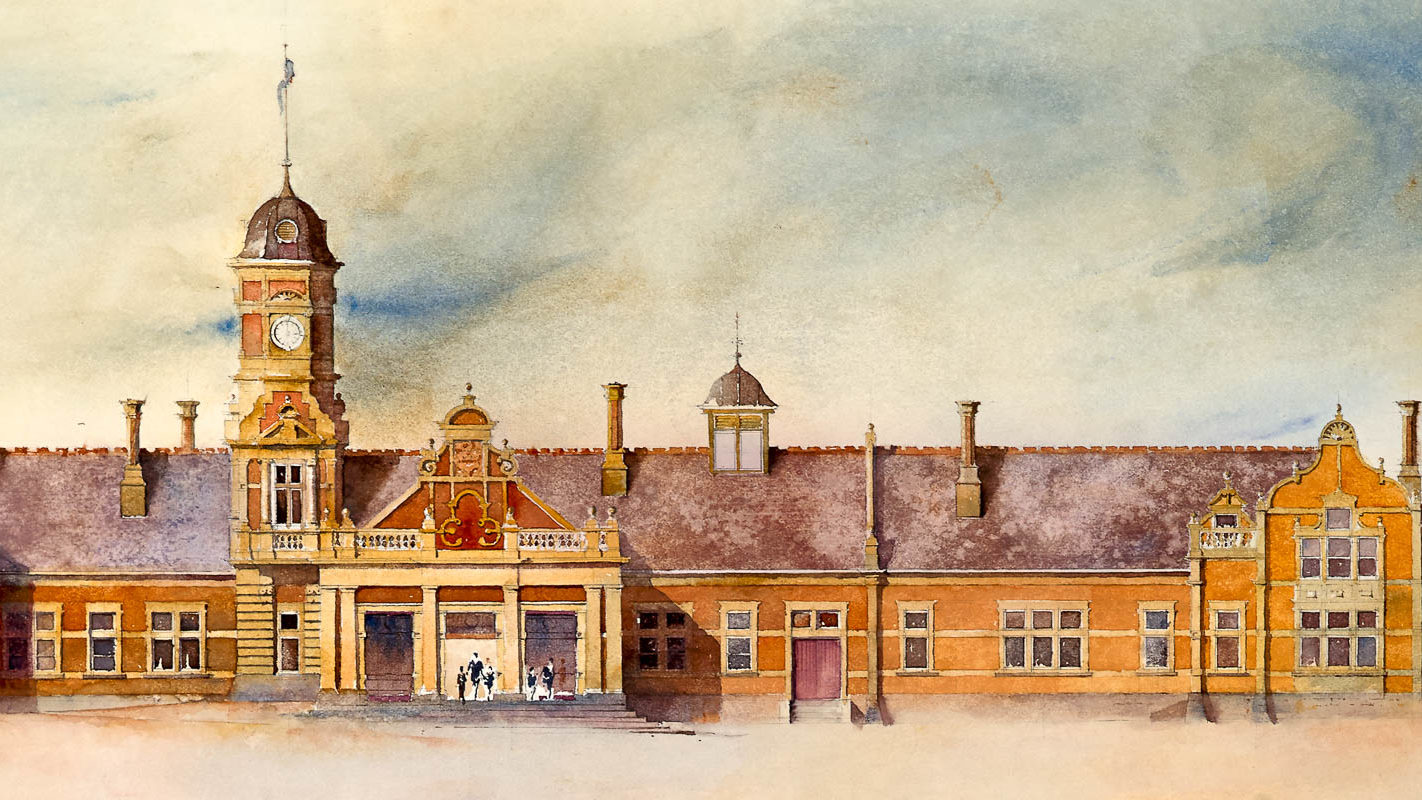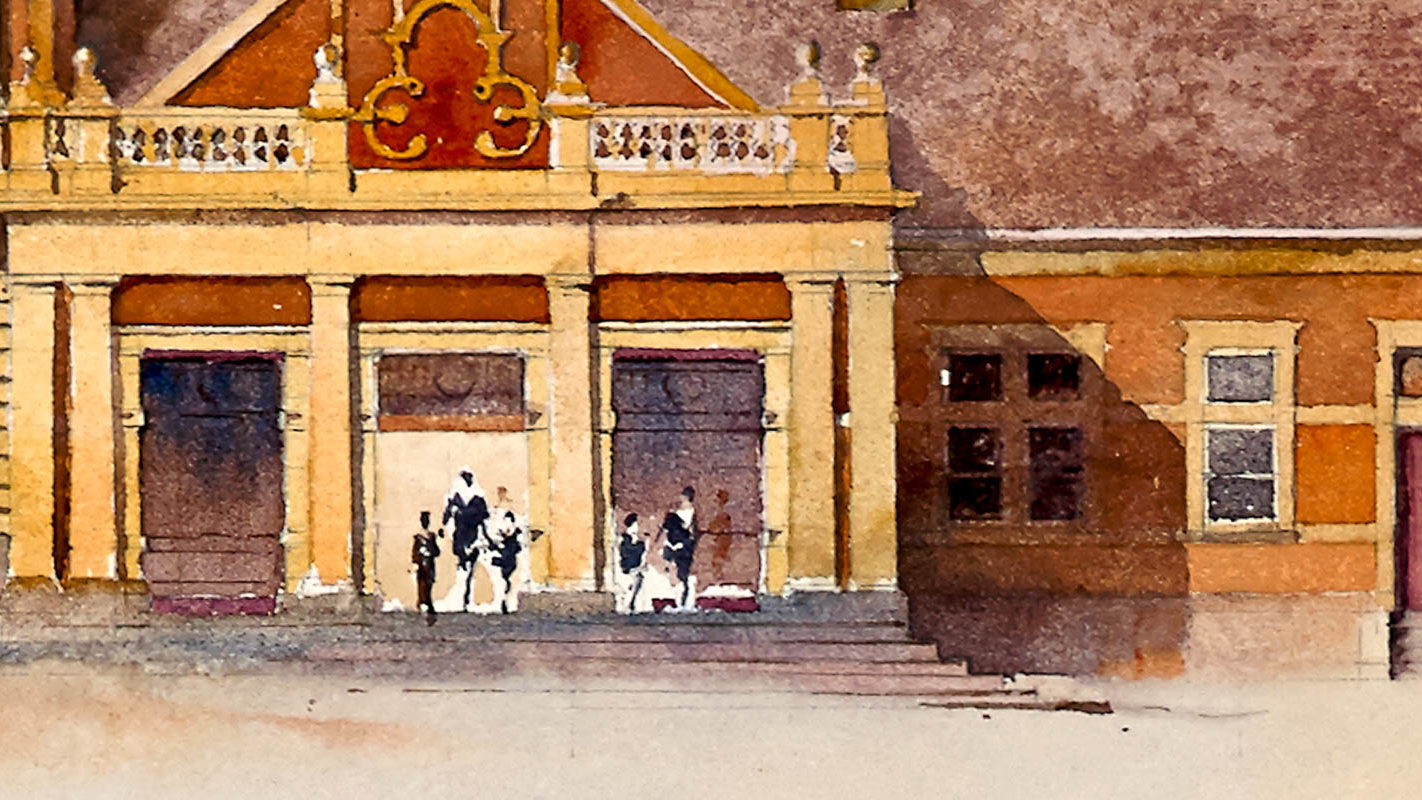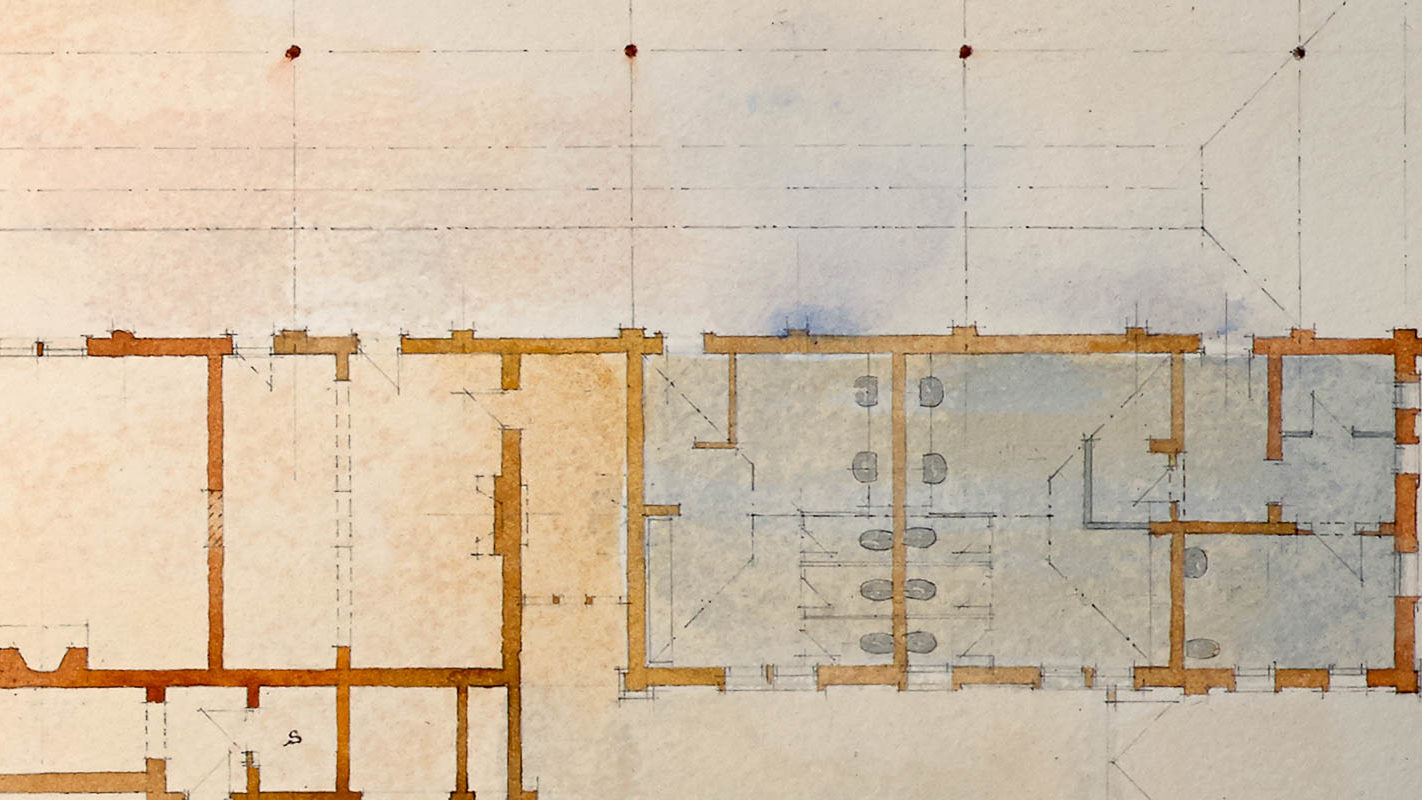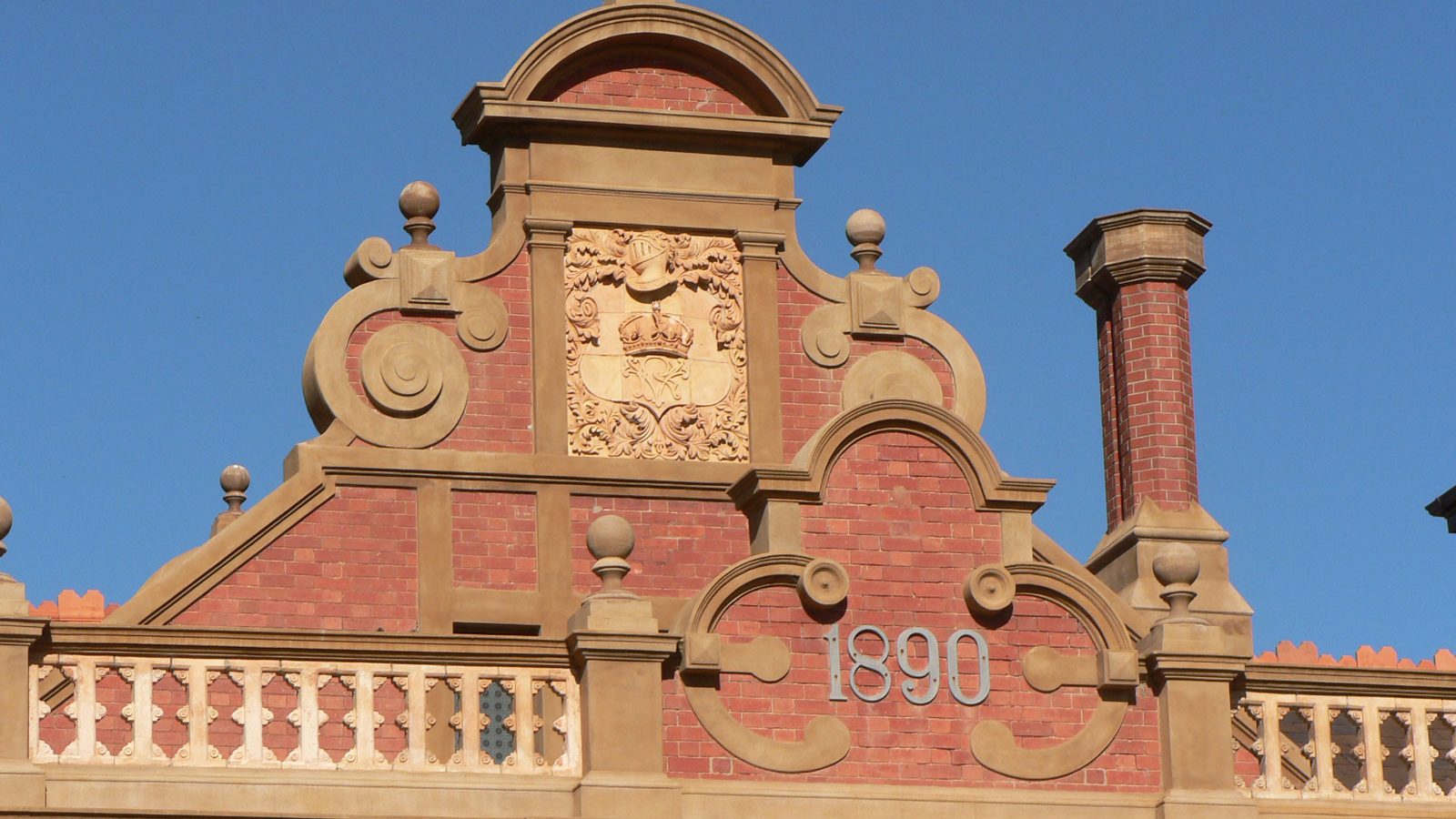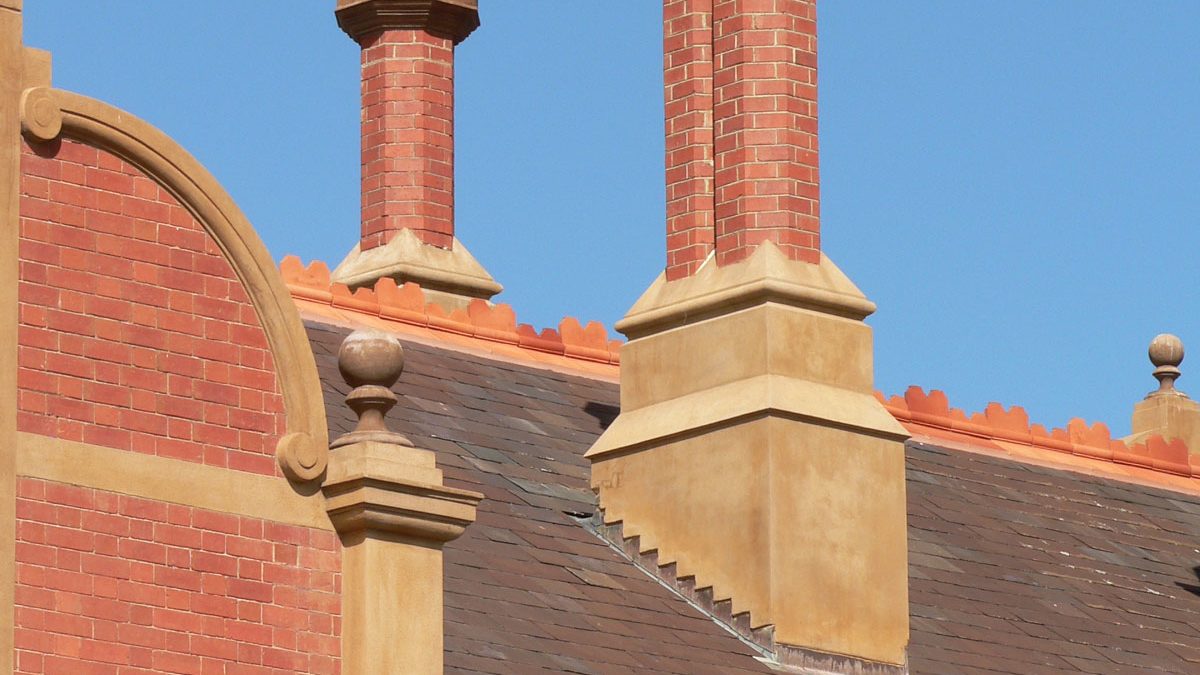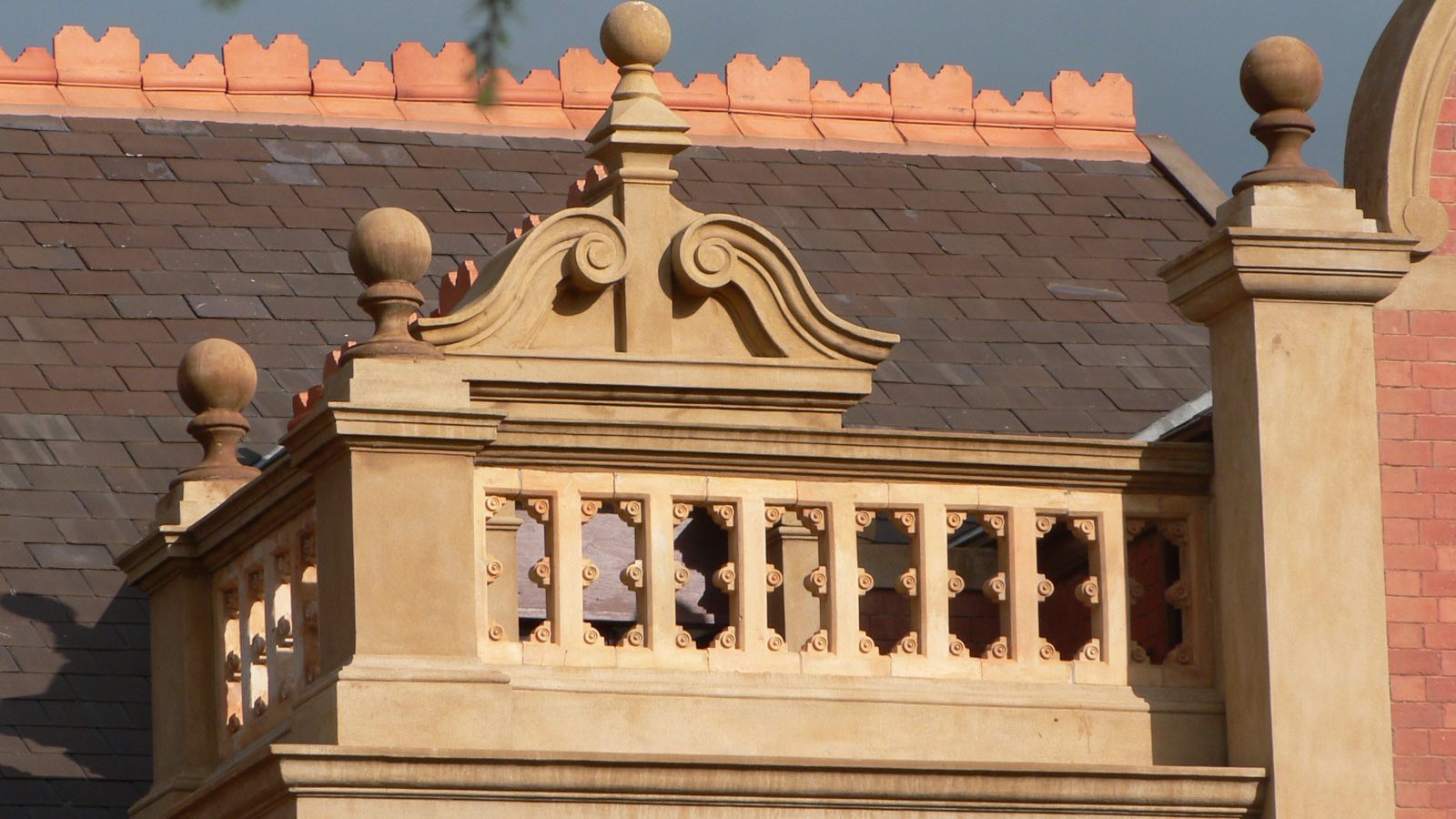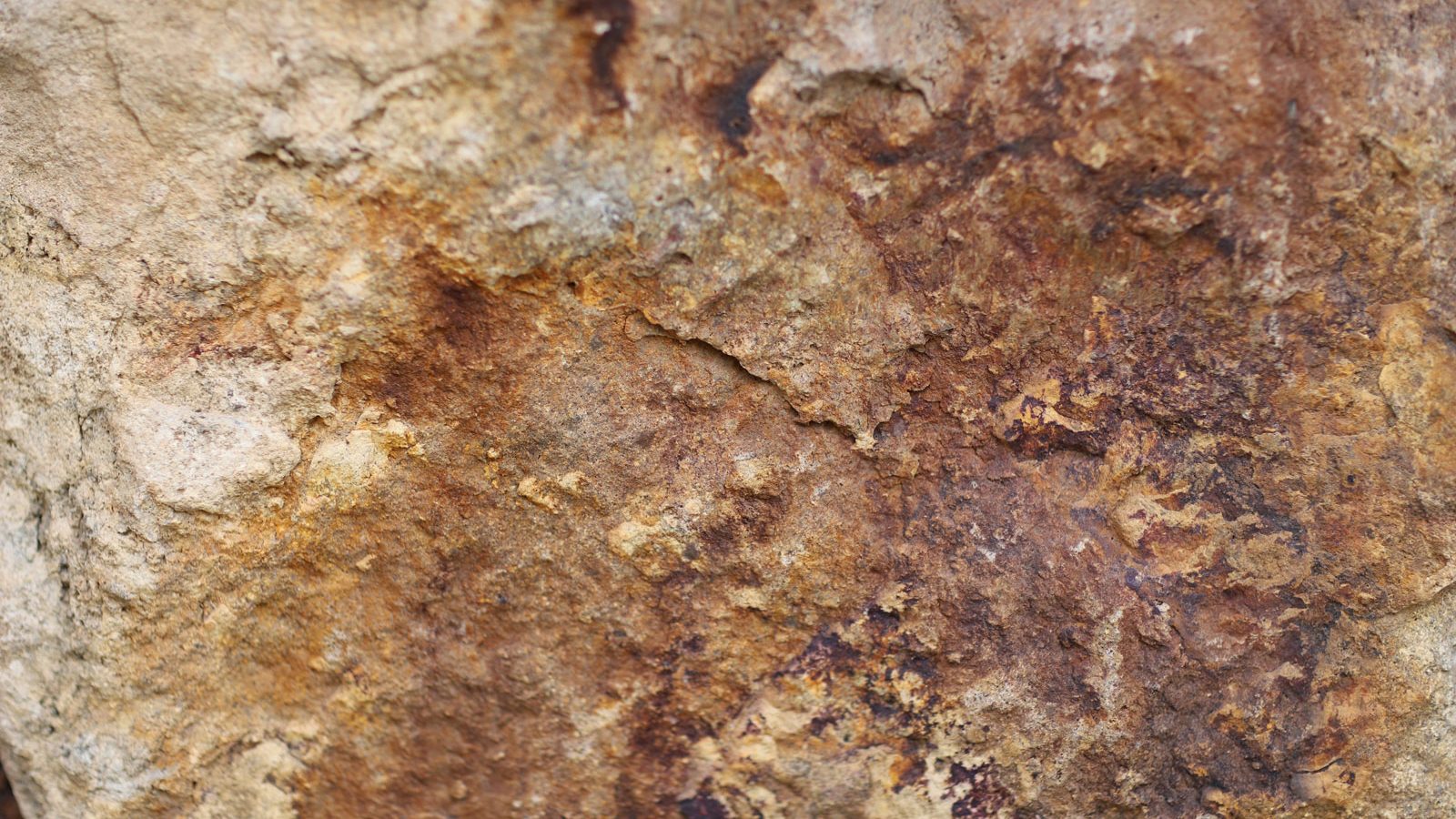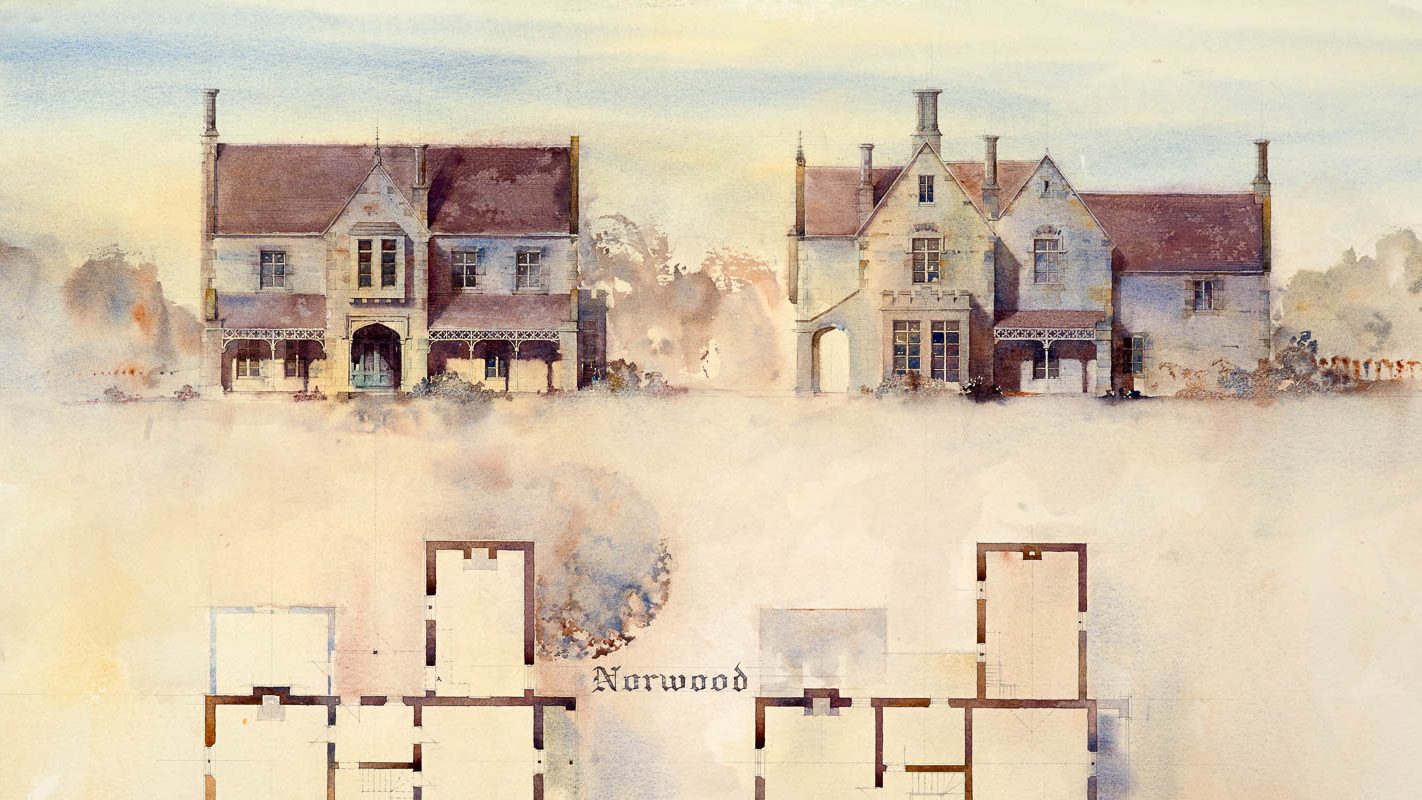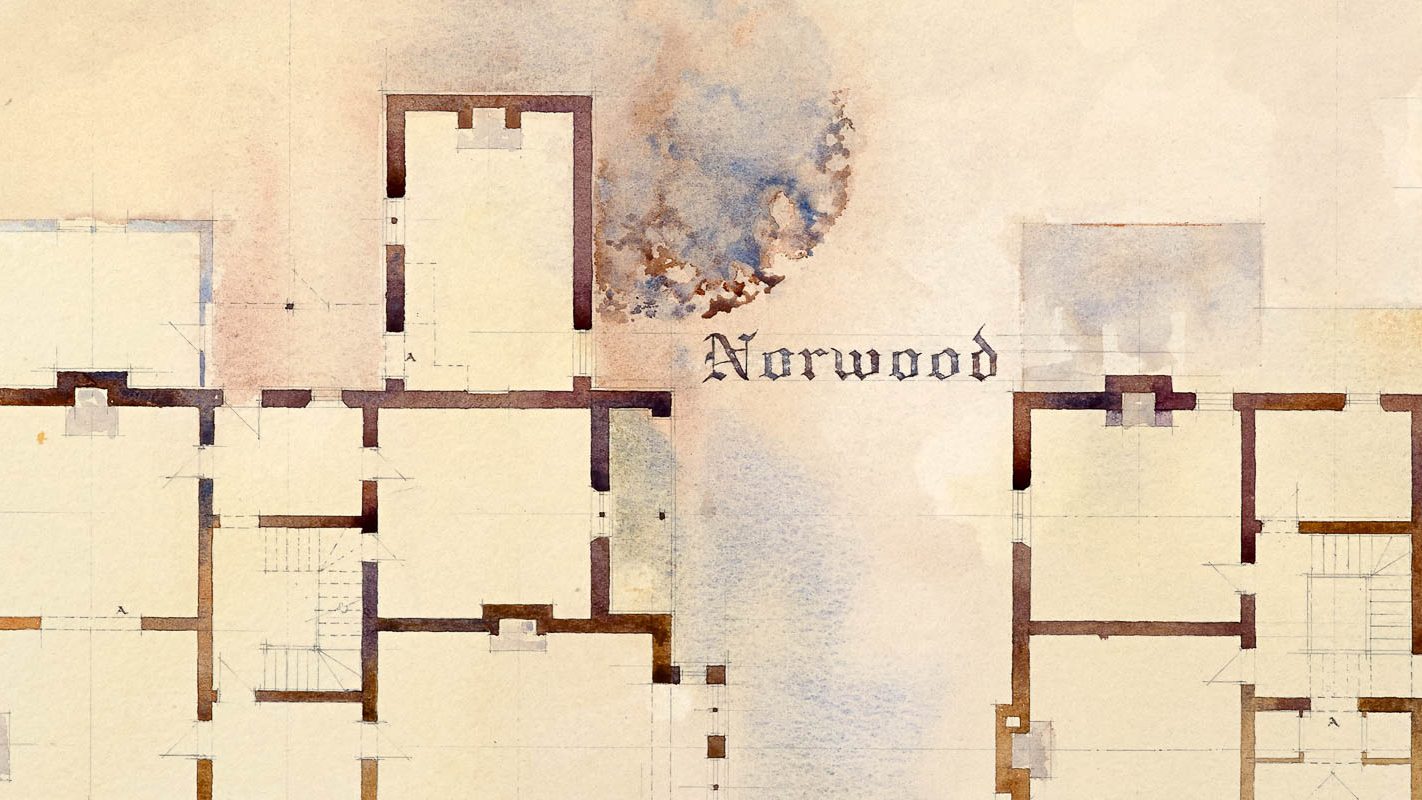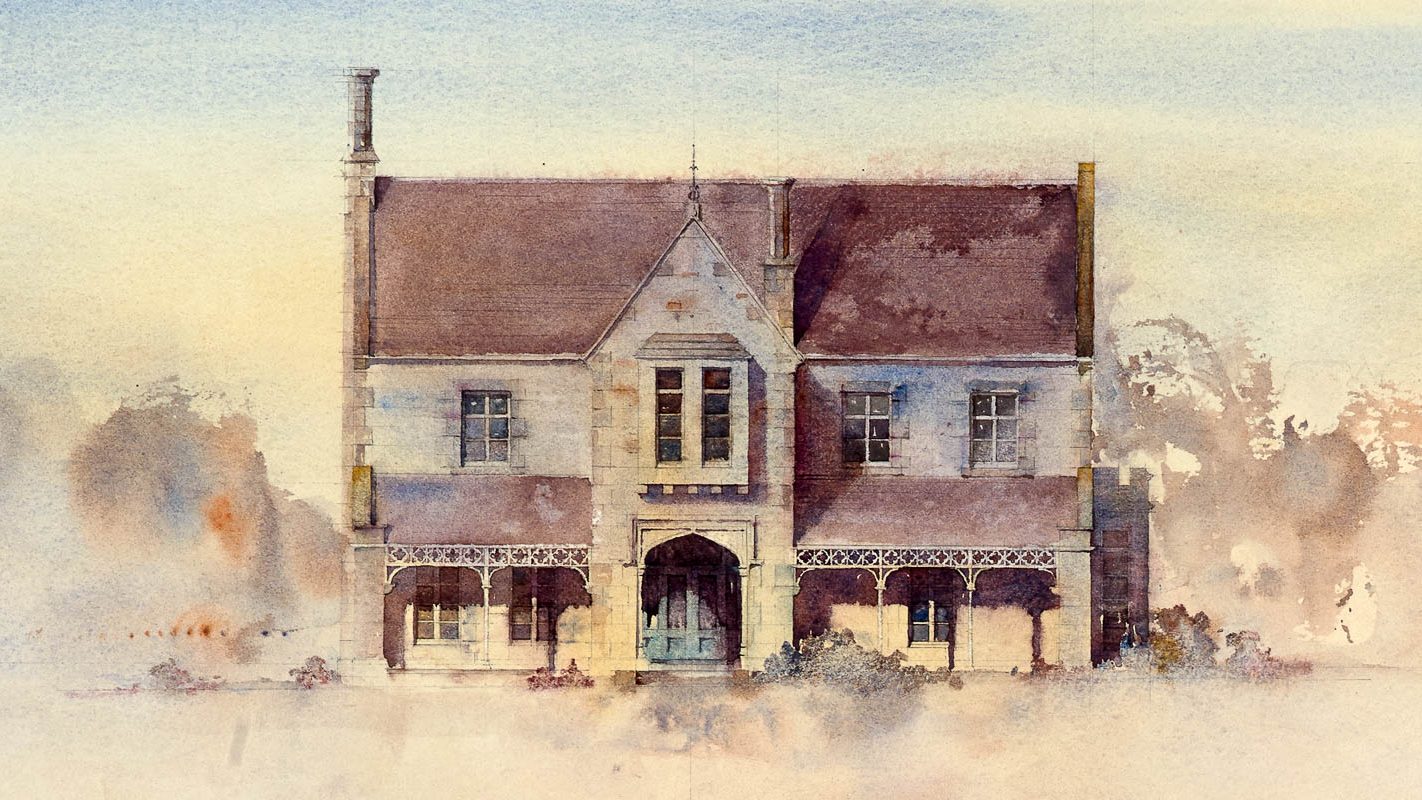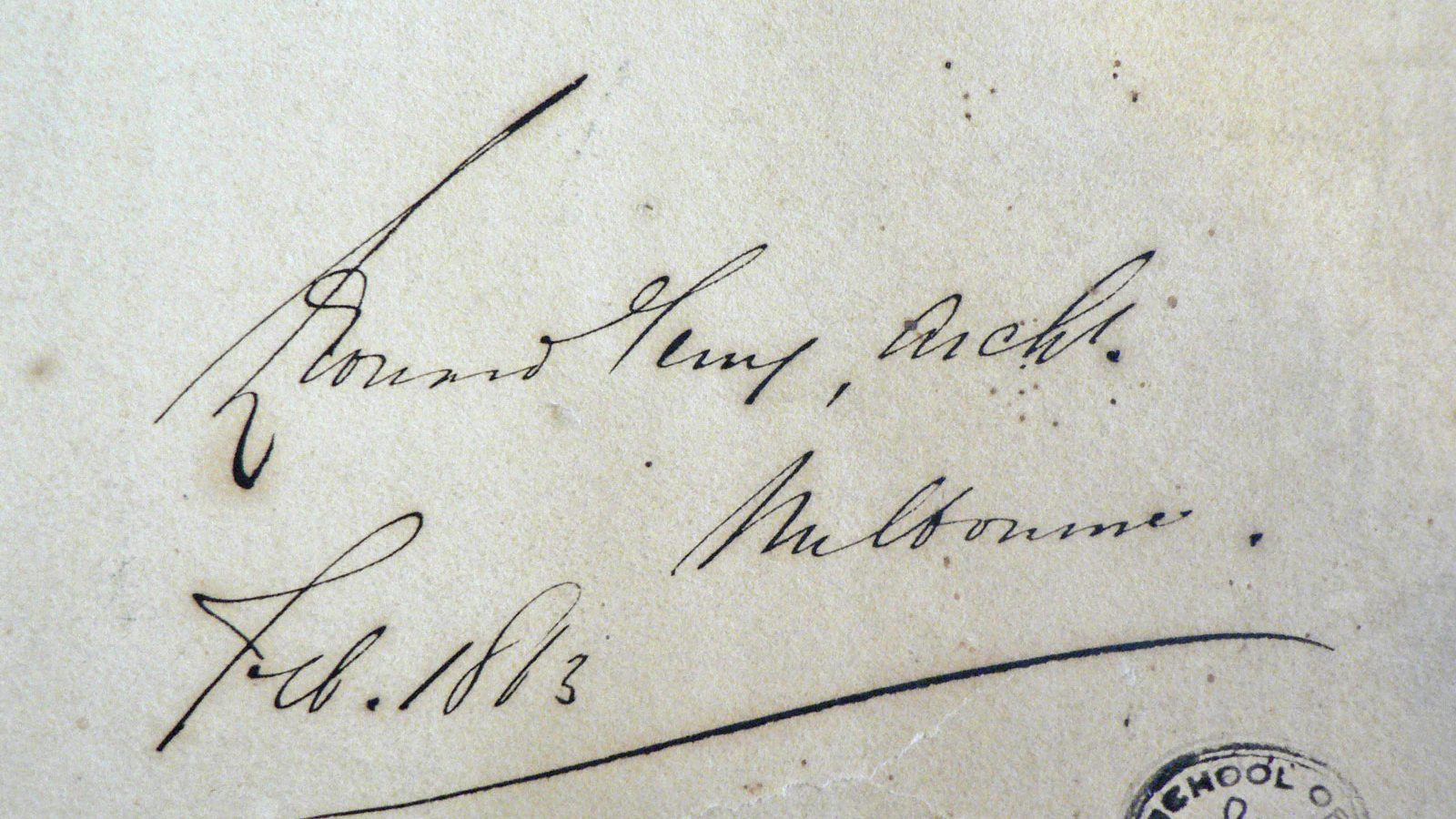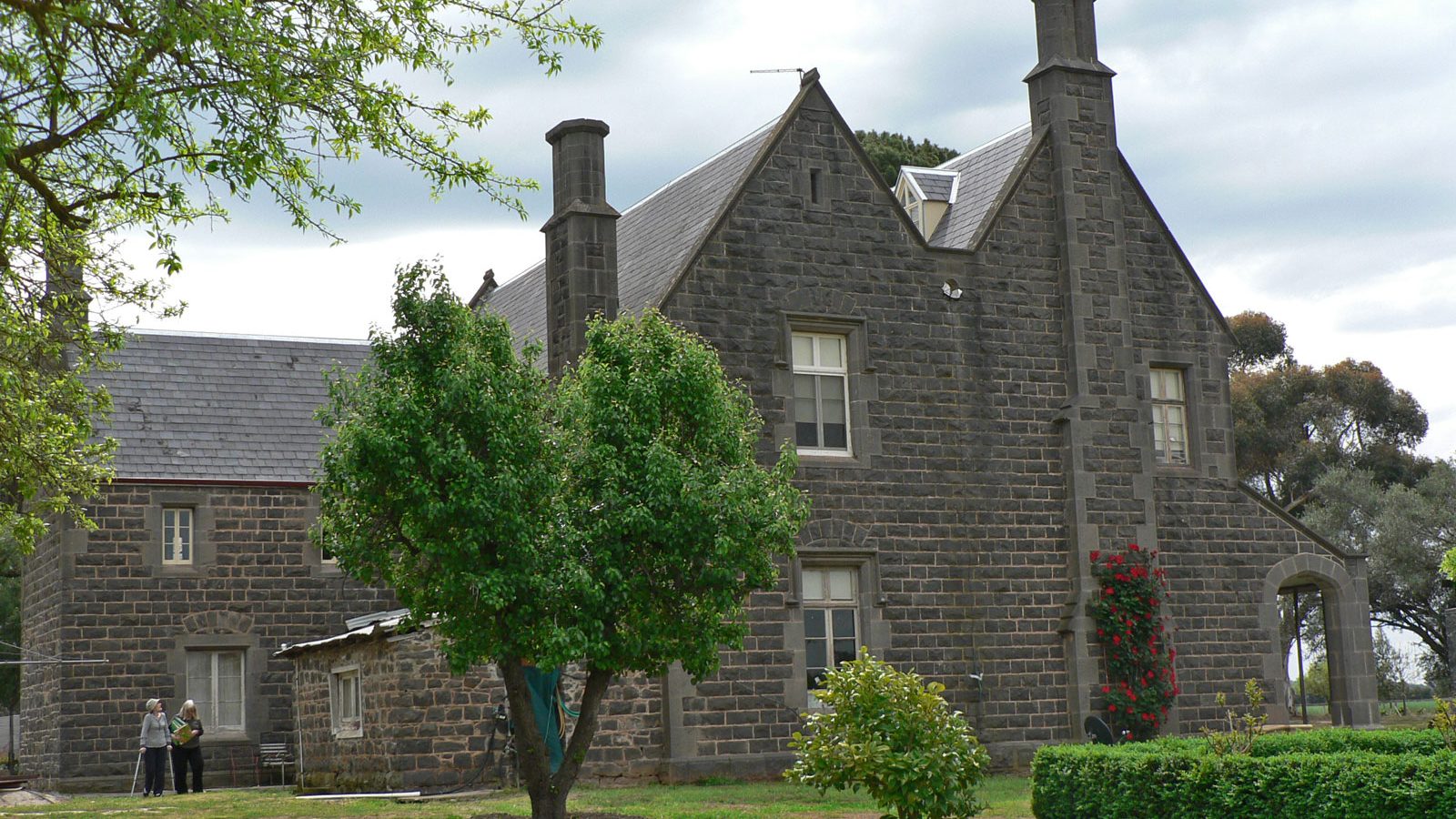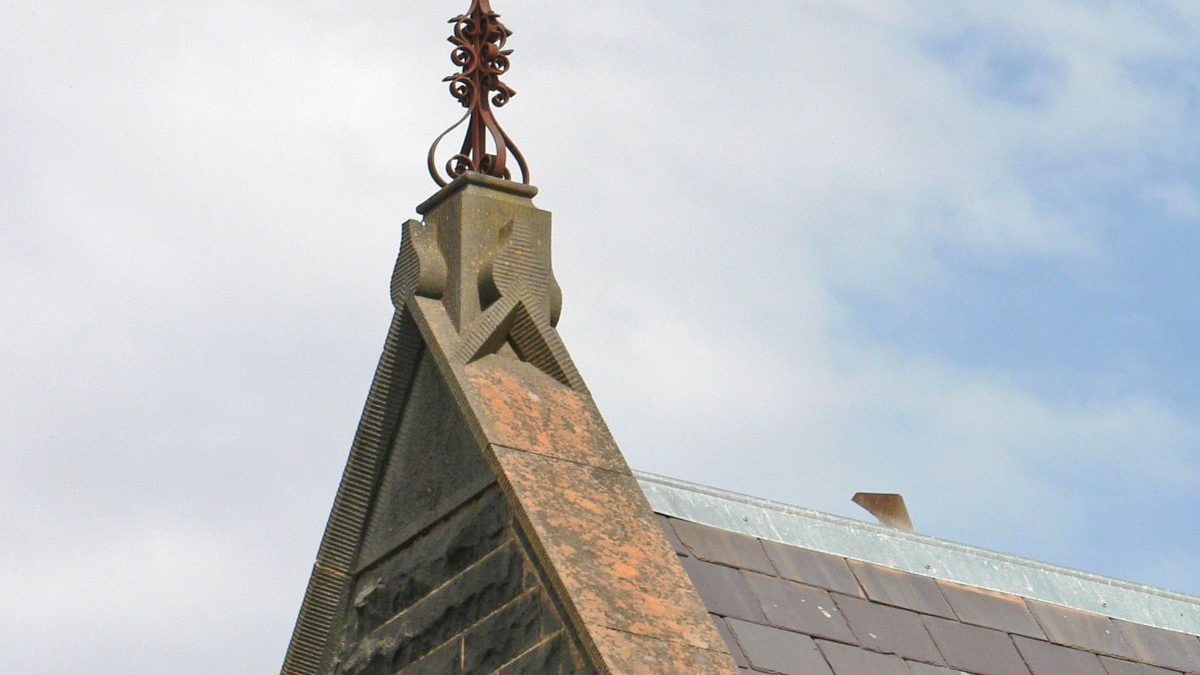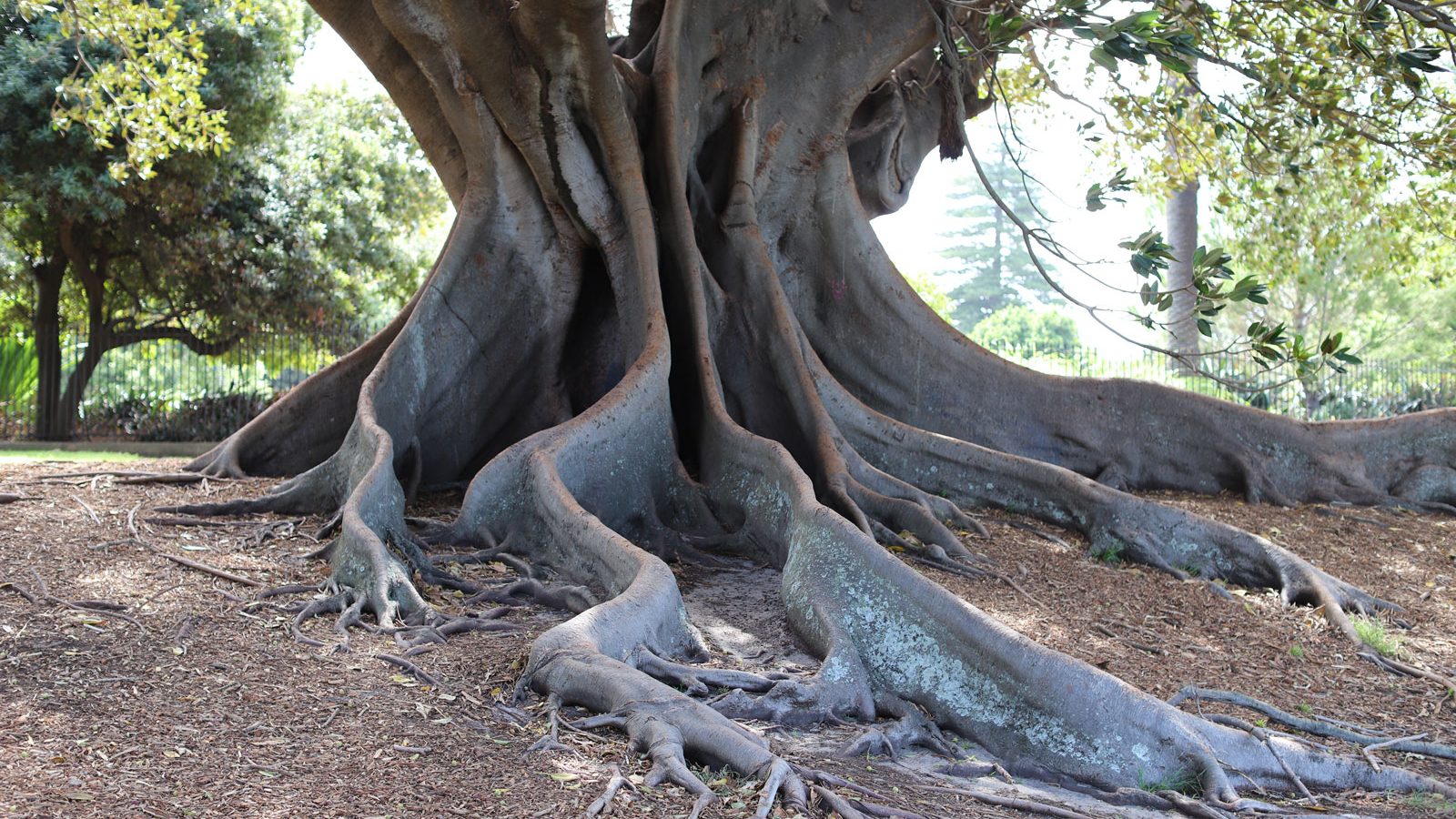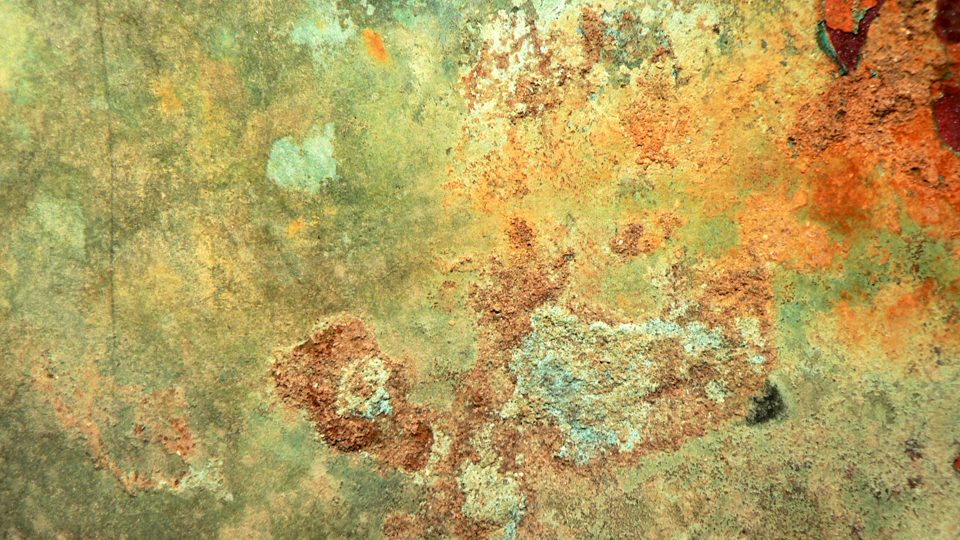Maryborough Station, Maryborough, Victoria, Australia
The magnificently restored Maryborough Station is a tribute to the Victorian Railways, Architectural Works Department and completed in 1890. It is an outstanding example to the school of Victorian railway architecture developing a regional rather than national or international modern style and one of the finest examples in the country of a building that belongs in its setting.
Property History
After receiving recent State funding from Heritage Victoria in 2010 the magnificent station underwent a three‐year three-stage restoration of the façade, the slate roof and clock tower and the glazed lantern covering the main carriageway platform completed in 2012.
It was intended that the station should have an official foundation stone but this was never laid because the government at the time, the Gillies Government was removed from office after the 1890 election, hence the stone at the front of the building covering a brief history of the railways was laid instead. After receiving funds, the clock was installed in the tower in 1914 and illuminated in 1917. Today, Maryborough Station operates an antiques emporium, a fully licensed restaurant in the grand dining hall and VLine post and freight services for passenger and goods trains.
Architectural Features
The Station displays many hallmarks of the Anglo‐Dutch style which is most distinctive at the roofline and is enlivened by an asymmetrically placed clock tower. The outside roof consists of different styles of Dutch gable of various scales with tall faceted partly rendered chimneys. Durring the 1970’s much of the original facade ornamentation, the orbs, pedestals and ball-caps were sadly removed. Although the chimneys had been truncated by the removal of the rendered crowns these were carefully re-cast and reinstated as part of Heritage Victoria restoration programme.
The decorative elements to the facade and gables were recast and reinstated to match what had been removed. Fluted columns in the Tuscan order support a simply profiled lintel to the main entrance foyer. The walls have pressed red, tuck-pointed brickwork. The window and door facings and string-courses were re-rendered using Adelaide Brightonlite yellow-ocher oxide cement render. Many locals were unhappy with its look, however, for the elderly who could remember how the station looked originally, applauded it’s face-lift and remarked “this is how it was meant to be”
An outstanding feature of Maryborough Station is the very long platform covered by a hipped roof verandah supporting a glazed lantern at the apex. This is said to be the longest single platform outside the Melbourne region and measures 1010 meters including the rail motor sidings. The verandah ridge has segmented glass panels which form the glazed lantern. The entire assembly was removed and carefully refurbished. The cantilevered wrought-iron verandah roof structure has cast‐iron ribbed columns as concealed down pipes.
Special Comments from Chris Wilmar, Architect
As part of compulsory ongoing professional development CPD Maryborough Station was chosen as a fascinating non-commission based project to document and donate as a “research visit” In this case, to record it’s progress, required 9 site visits over it’s 3-year restoration. Each time, staying at the Albion Hotel on main street Maryborough held added attraction of a pub dinner, live music and a time to remember. Each morning or later that afternoon was ideal for taking photographs or measurements or talking with specialist heritage contractors. On one occasion, early in the morning, just as you thought you had the entire station to yourself, out of the blue, came an elderly gentleman who politely approached and introduced himself as the “Station Master” He pointing somewhere over there near the base of the clock tower where he resided. He went on to share his knowledge and experiences from his early twenties as station master at Maryborough Station. It was an honour and privilege to have met him, but more importantly, that he had met someone who also shared his passion in preserving our Victorian Railway history. He later offered a visit to the clock tower, however, the offer was sadly declined on the condition that it be done on the next visit to Maryborough.
Look at other architectural properties in the Portfolio section of the website.
Maryborough Station POA, Our commission includes a 5% donation to the National Trust of Victoria.Terms & conditions apply.
Description Watercolour – Maryborough Station 67 x 100 cm 310gsm landscape, 1:125 Elevation & Plan (unframed)


